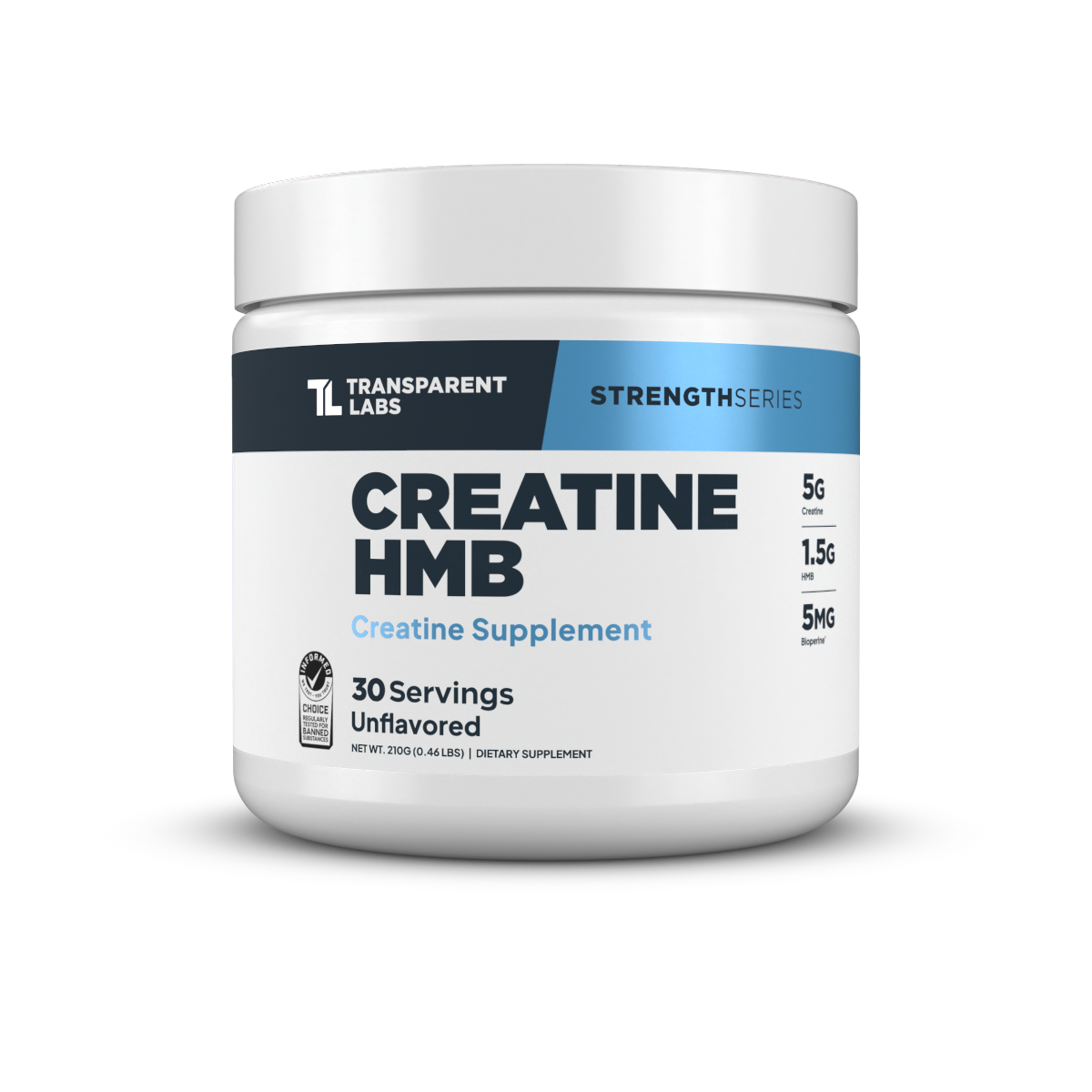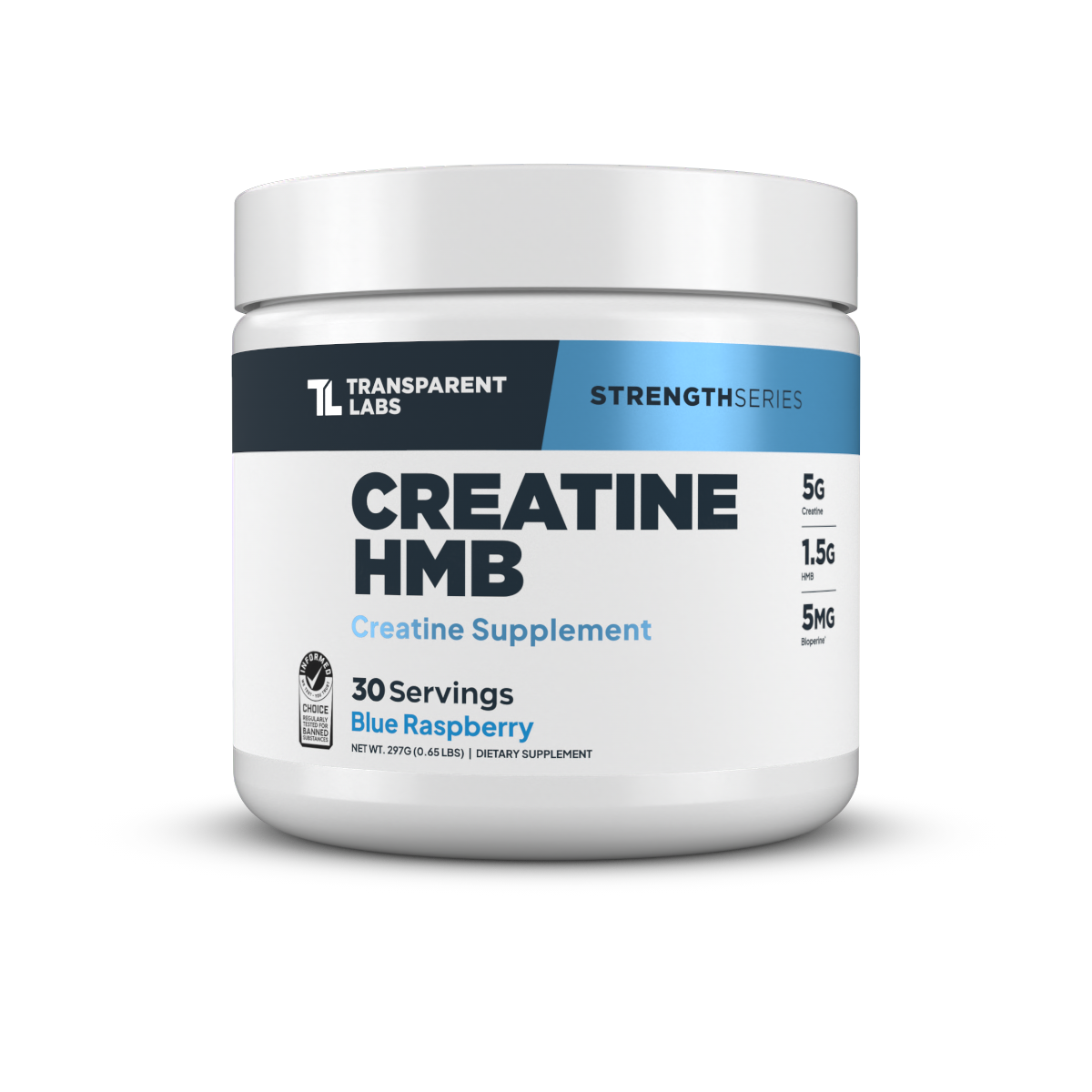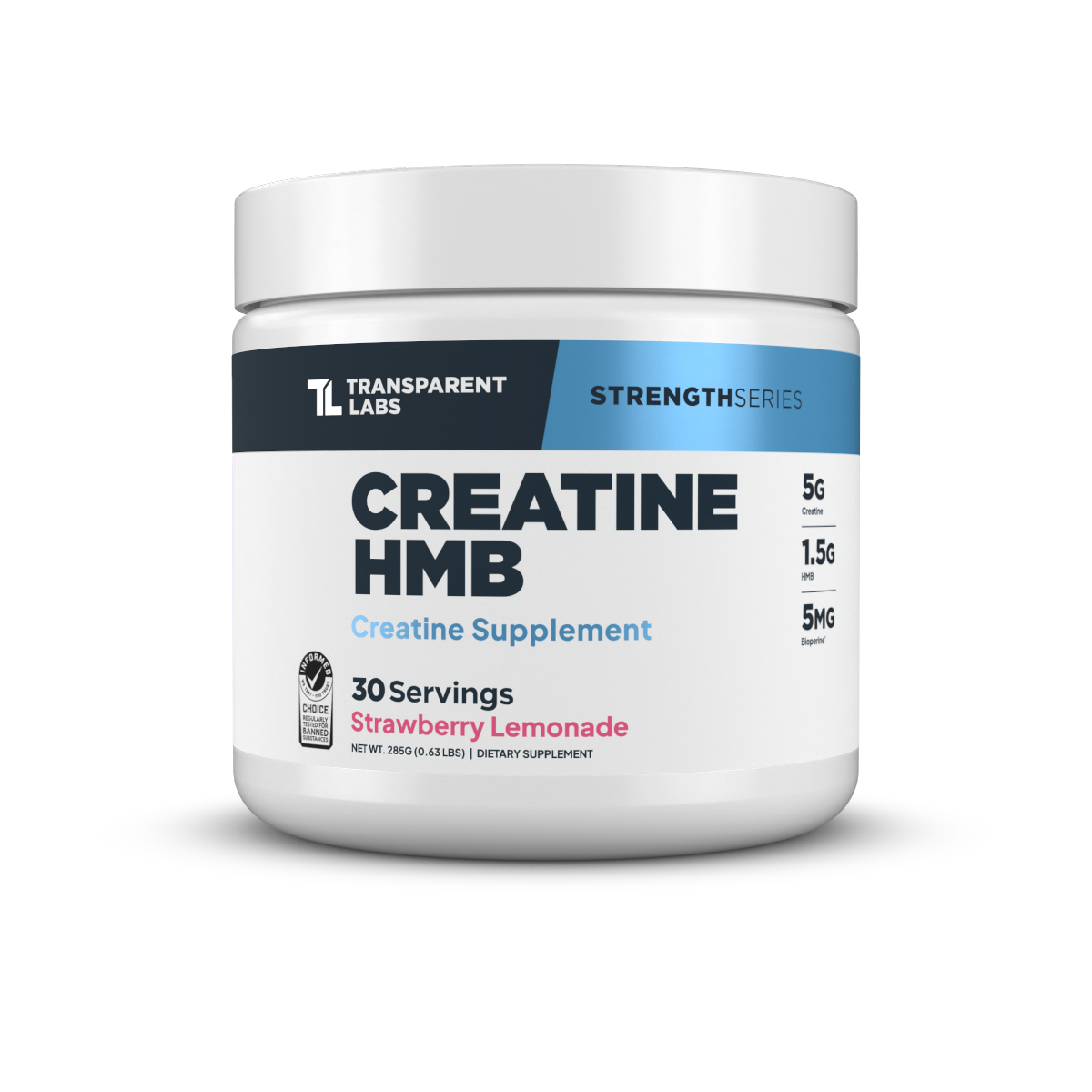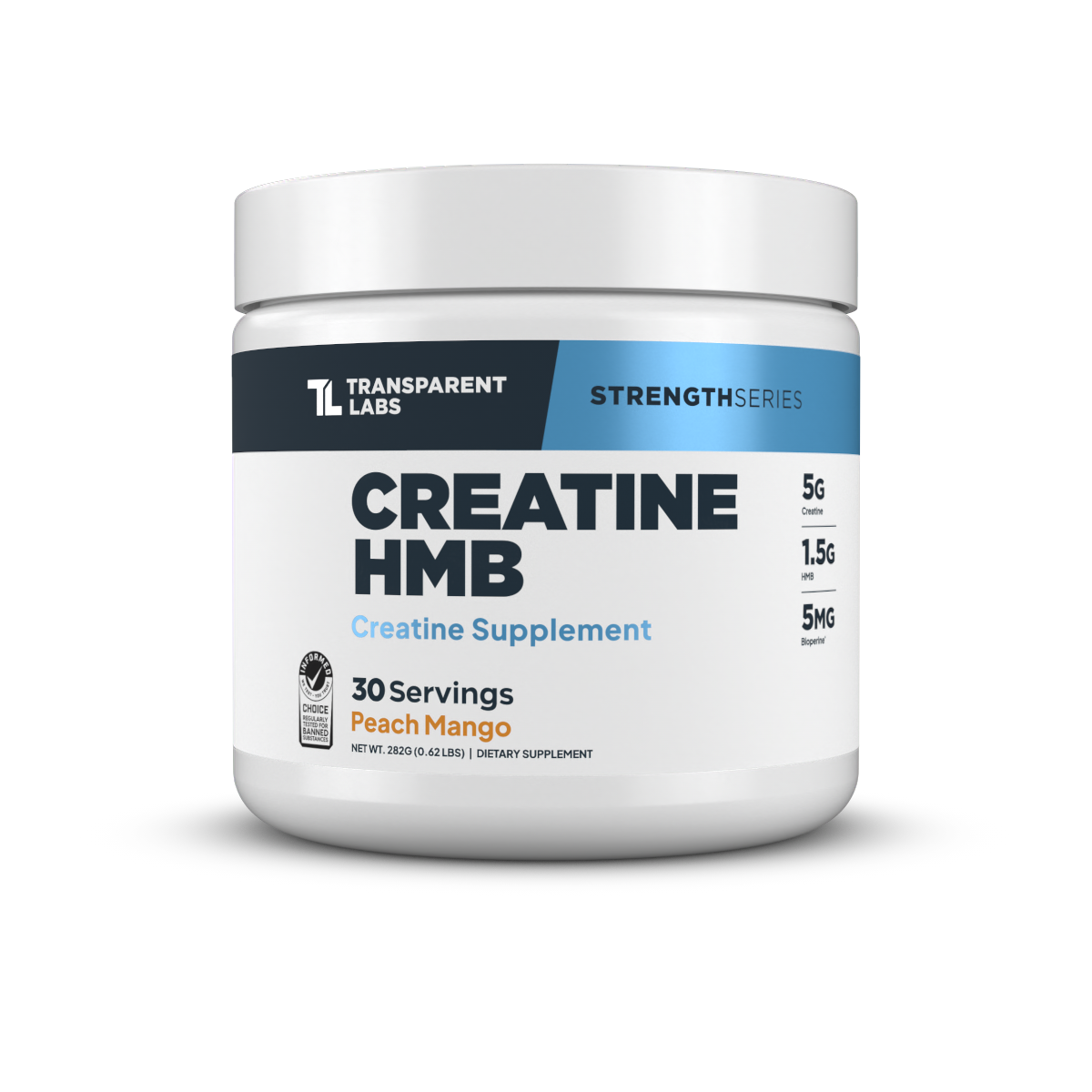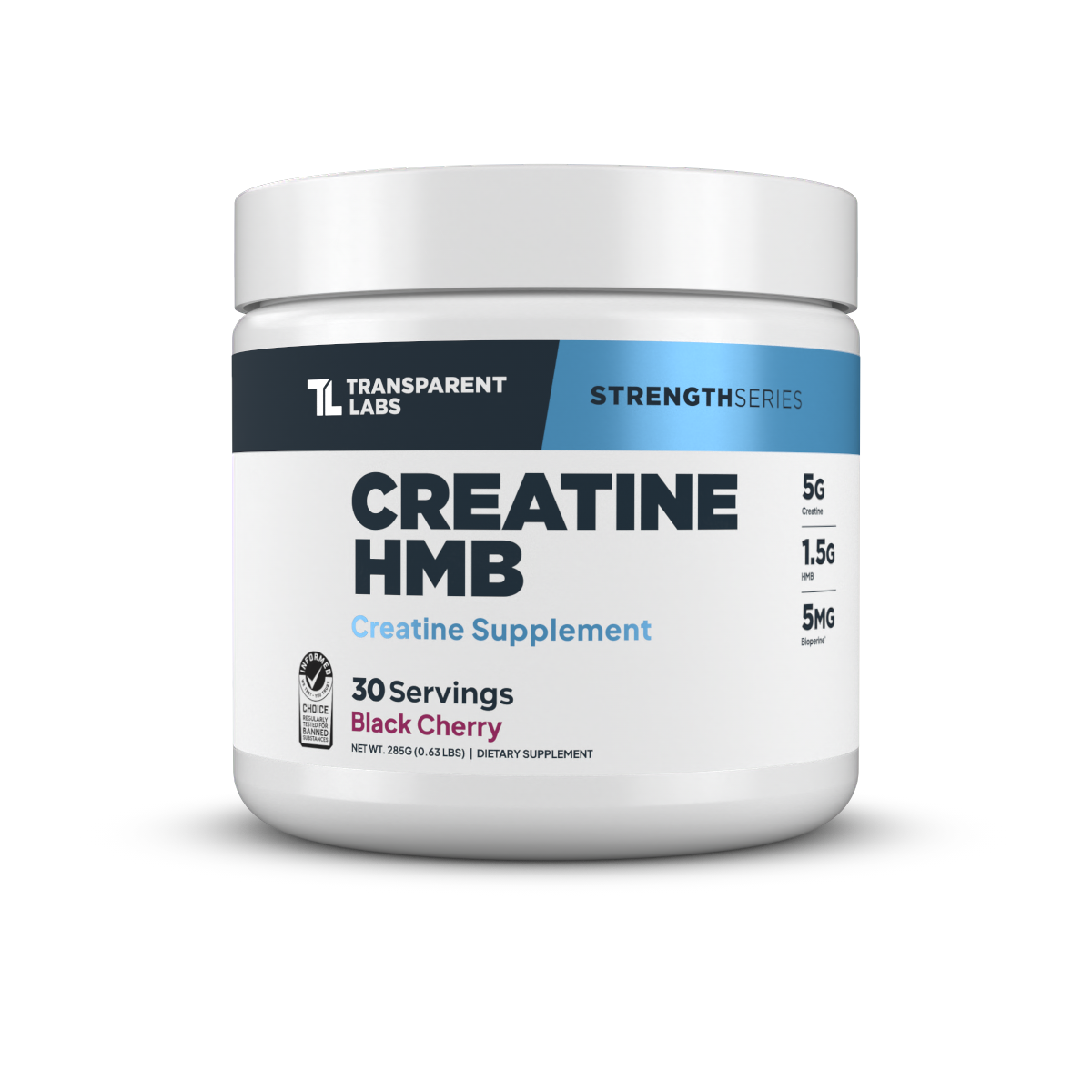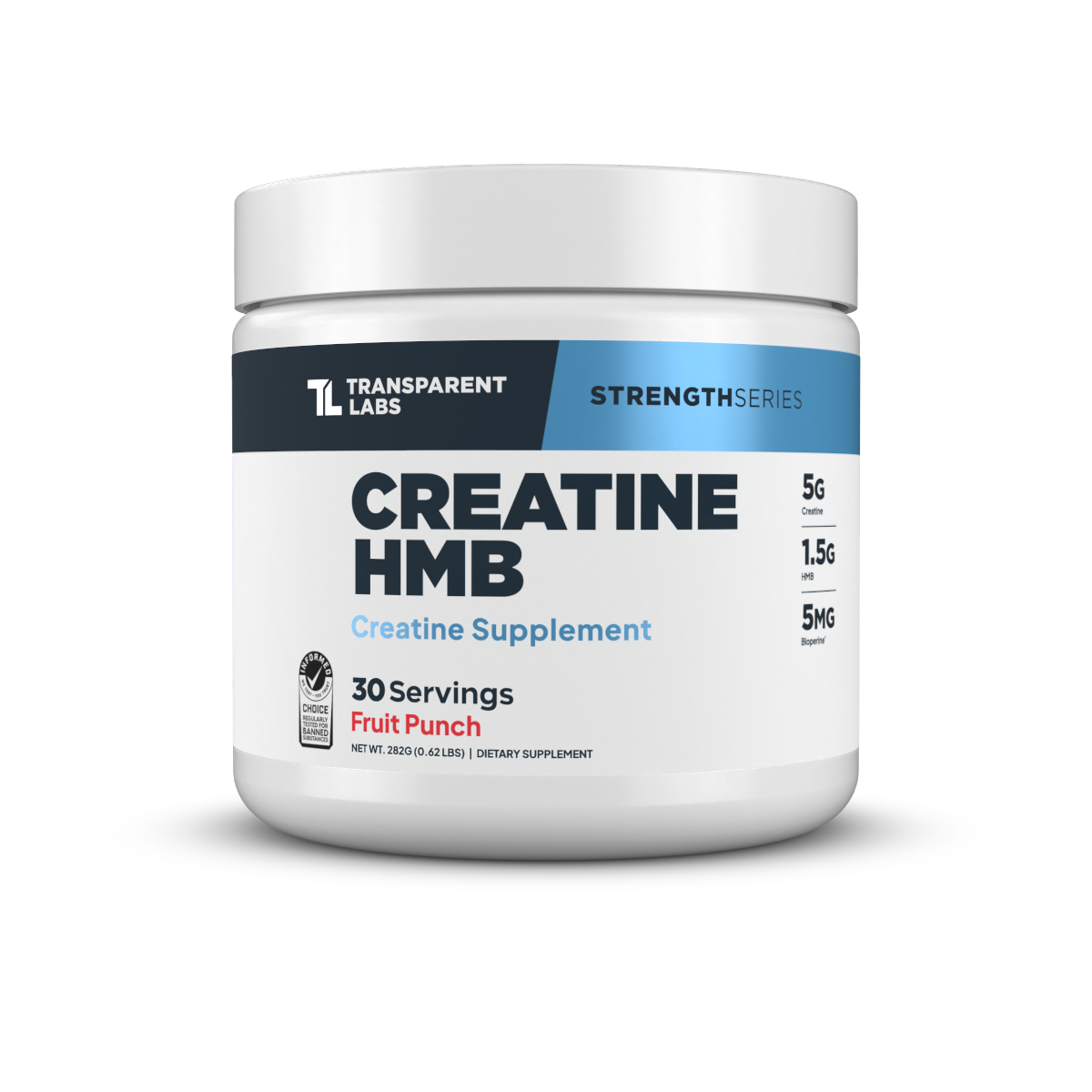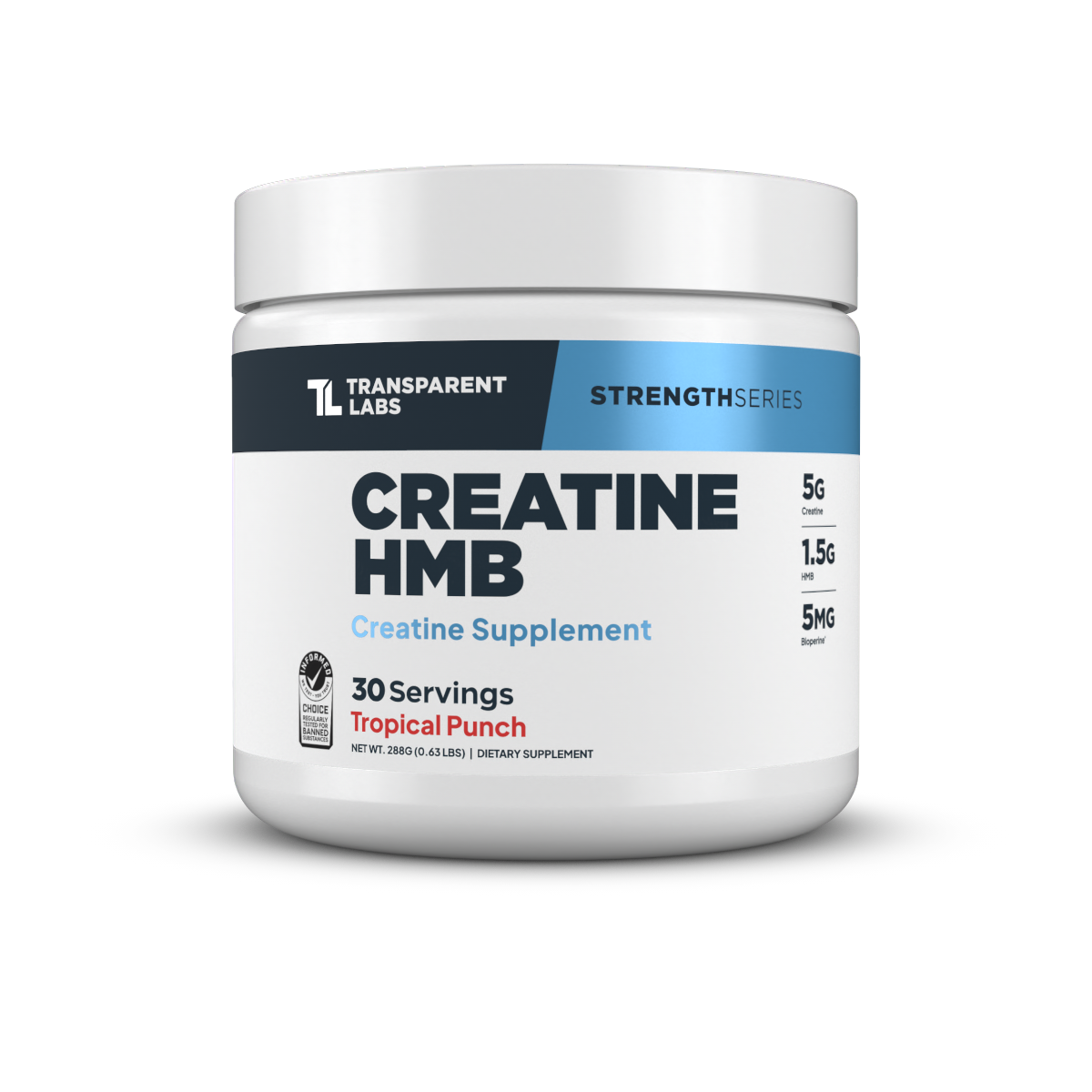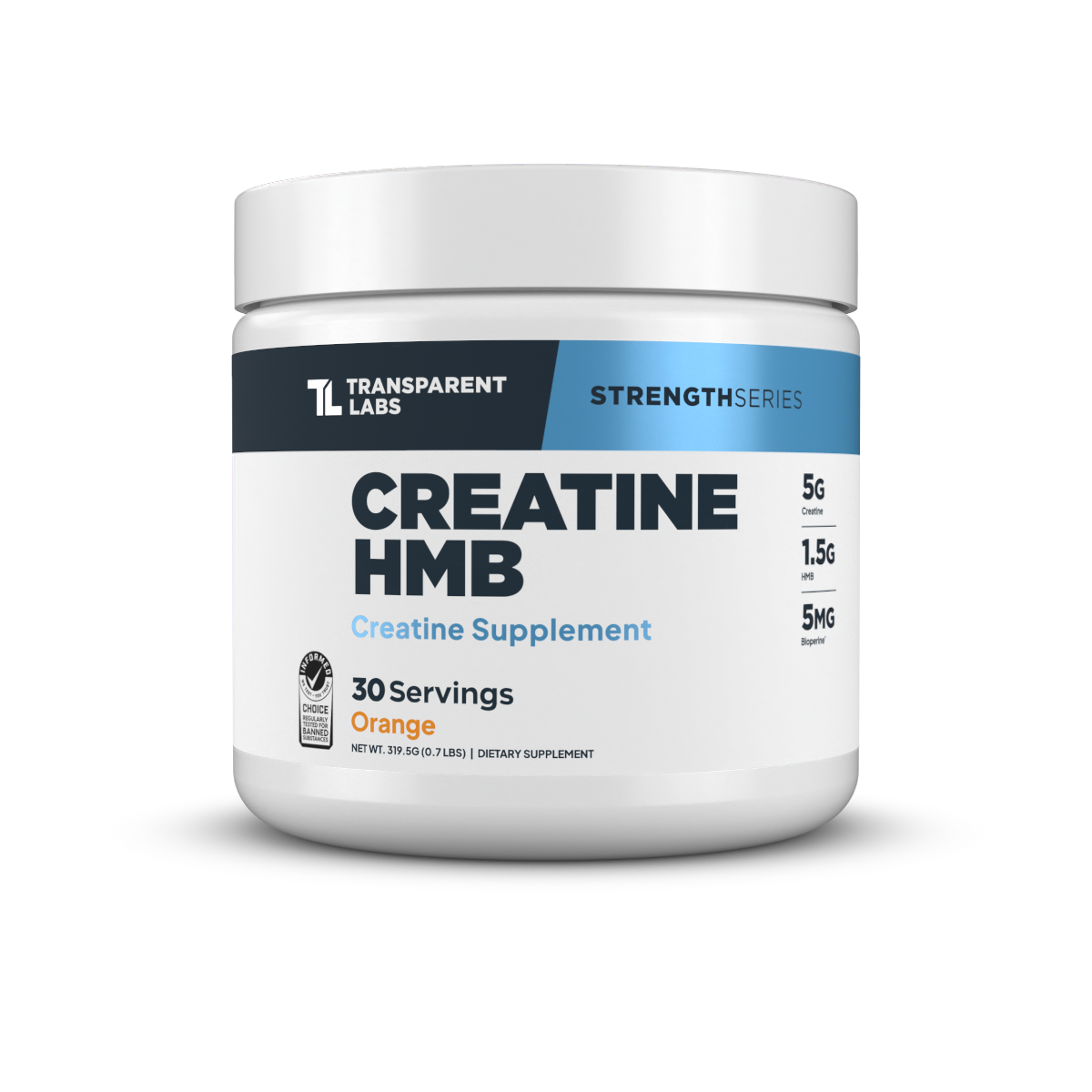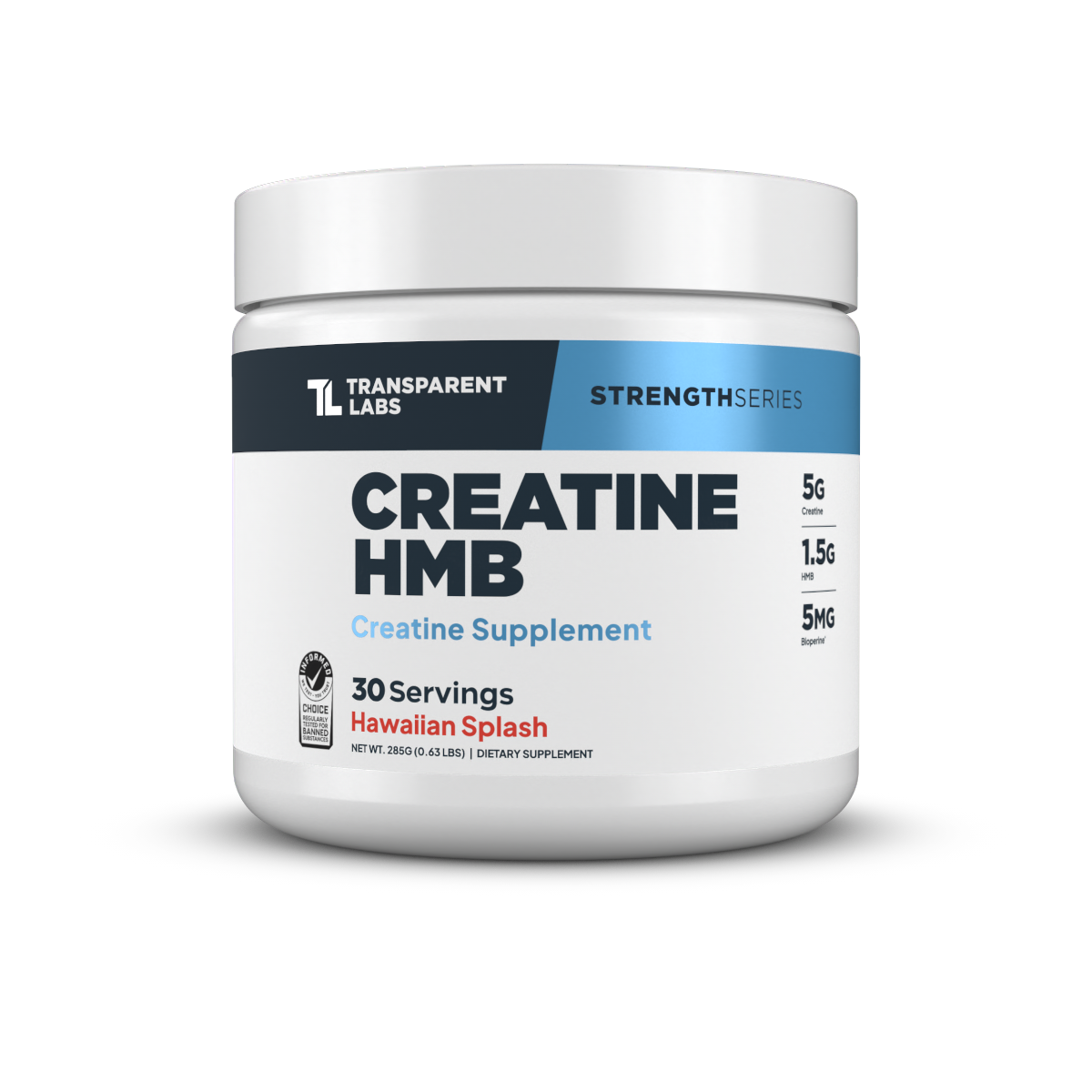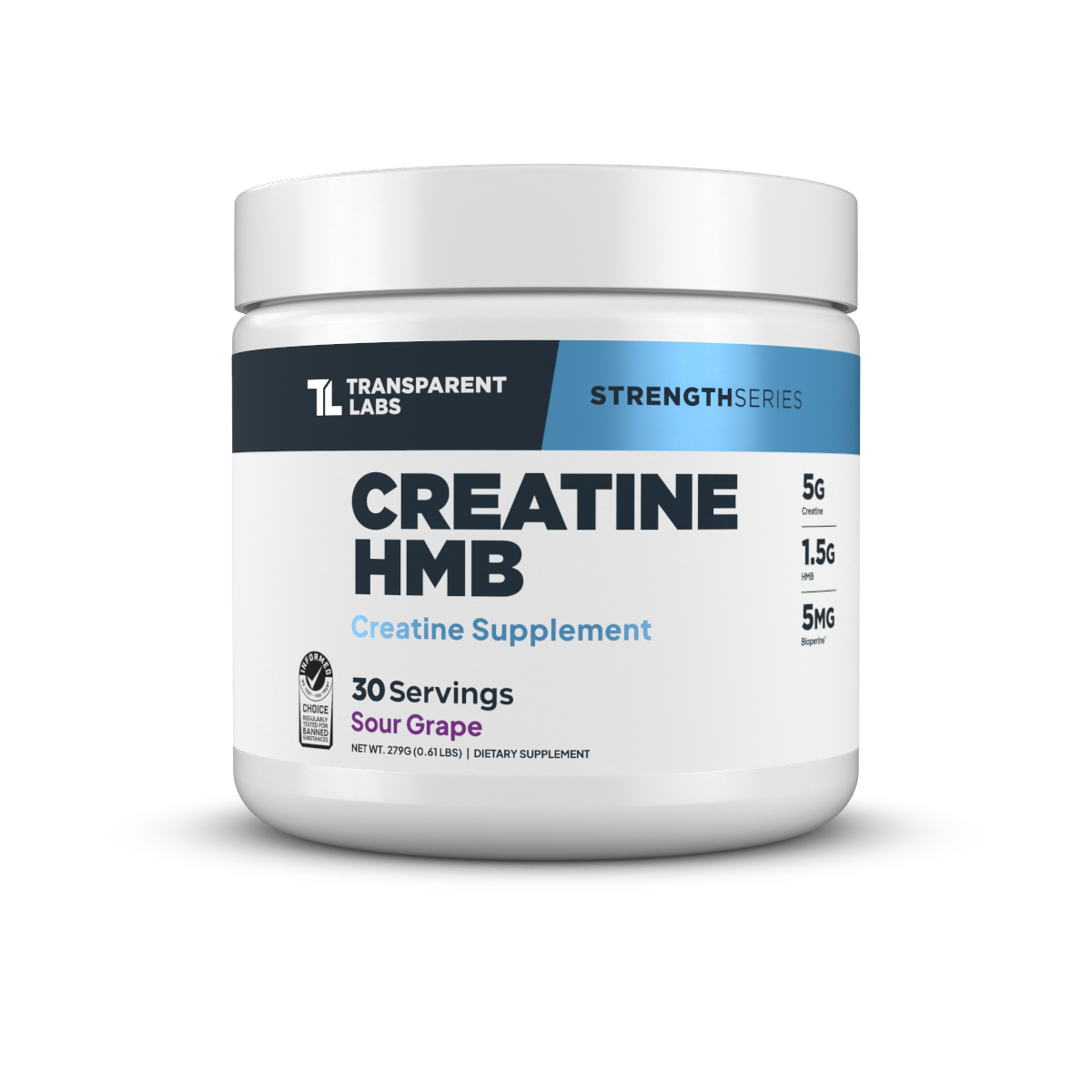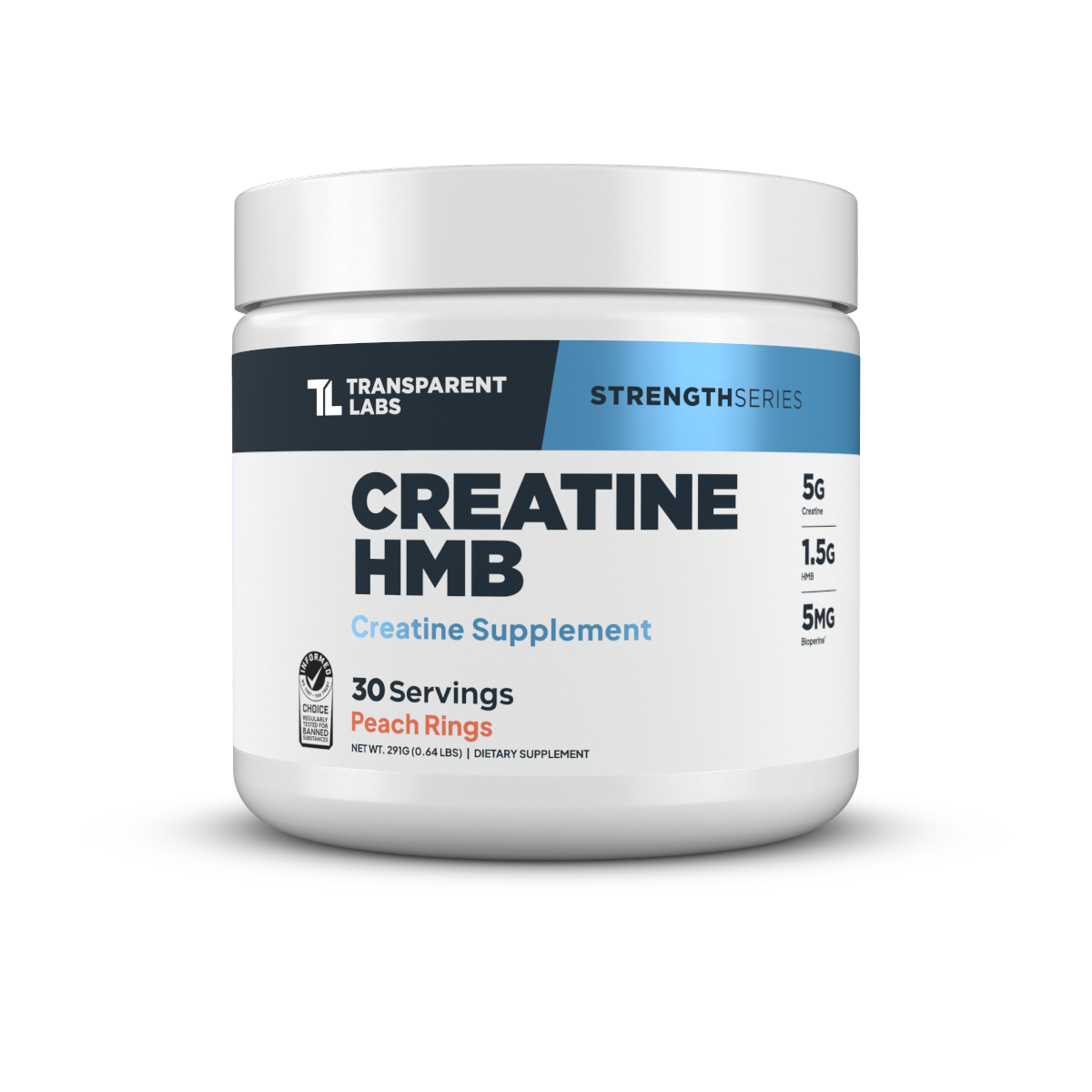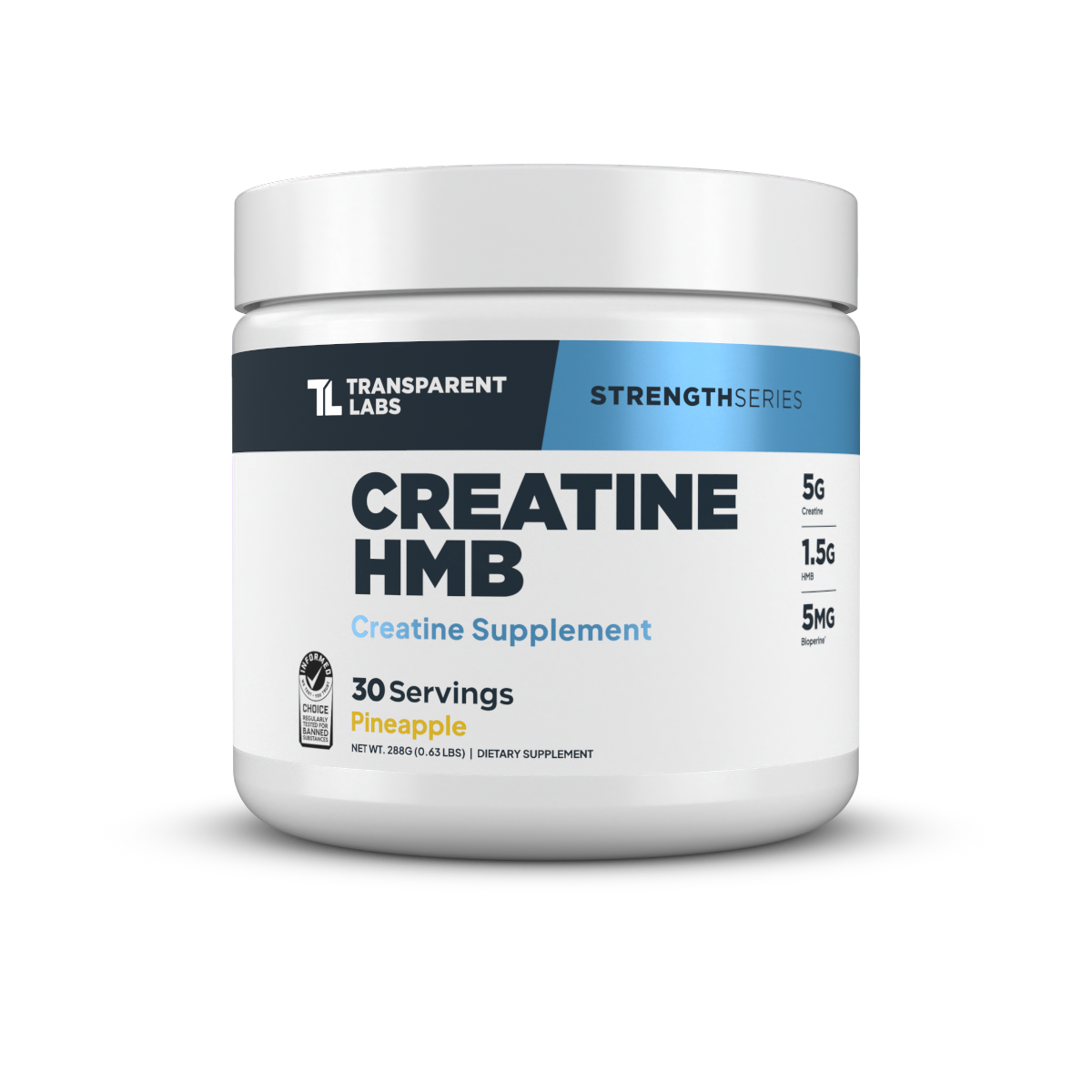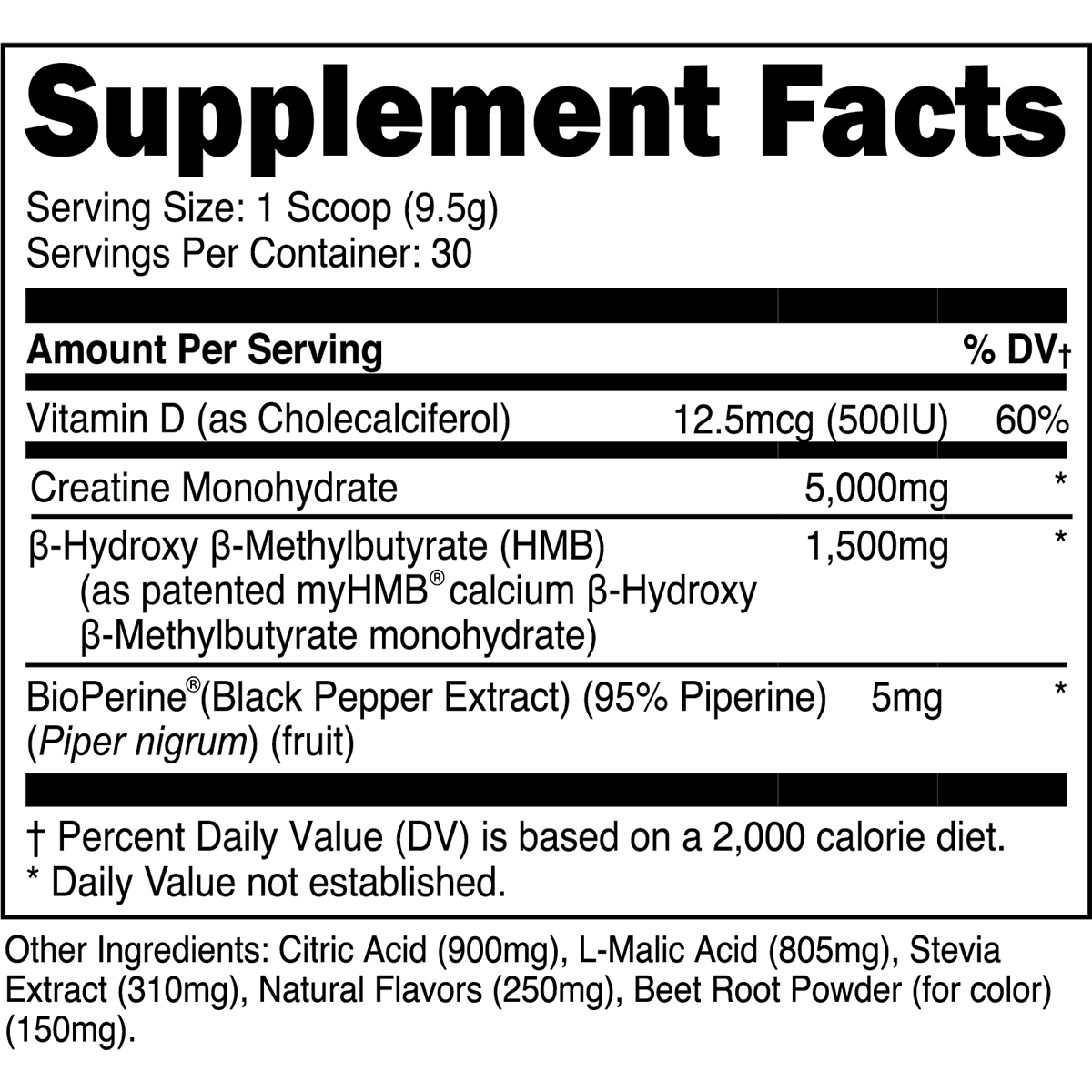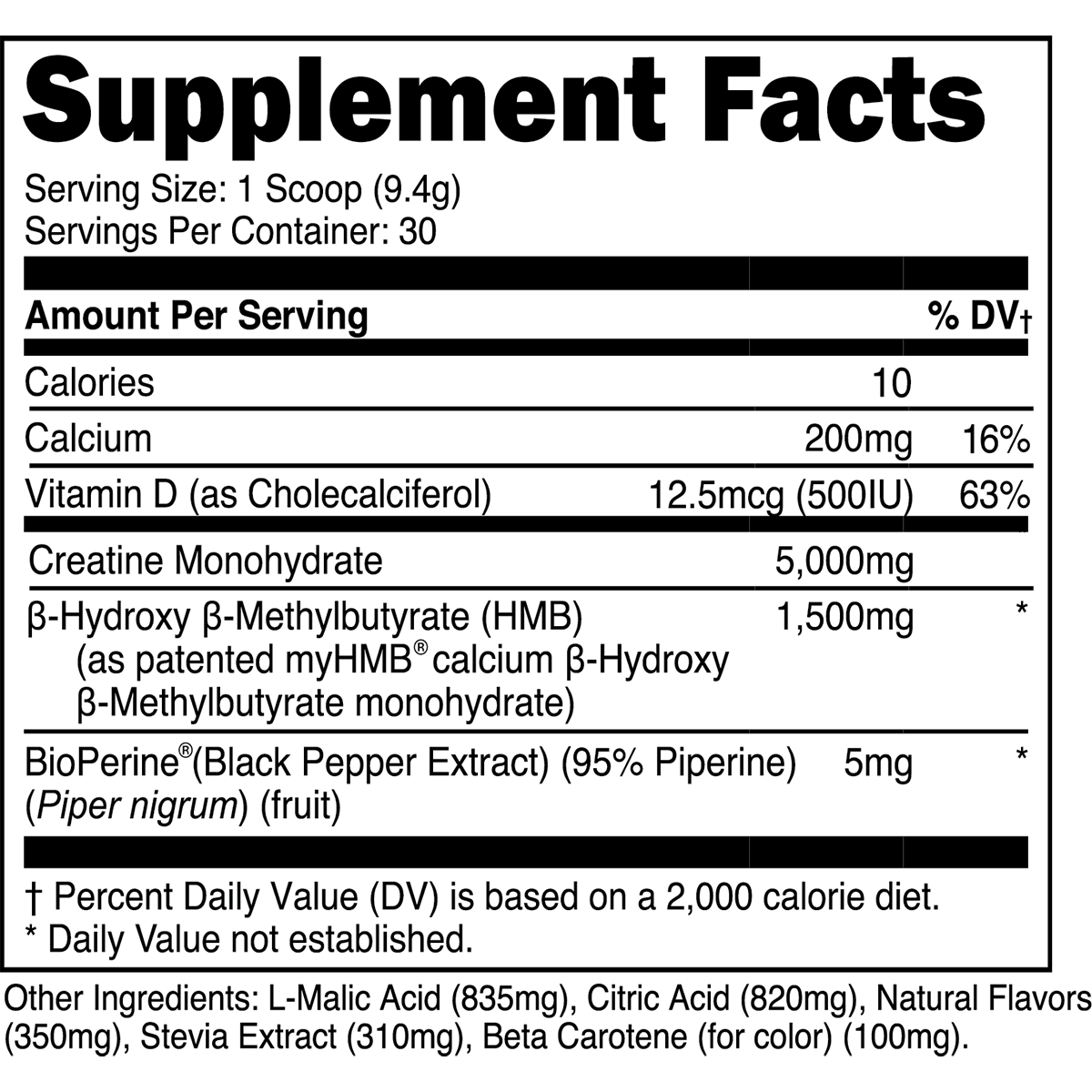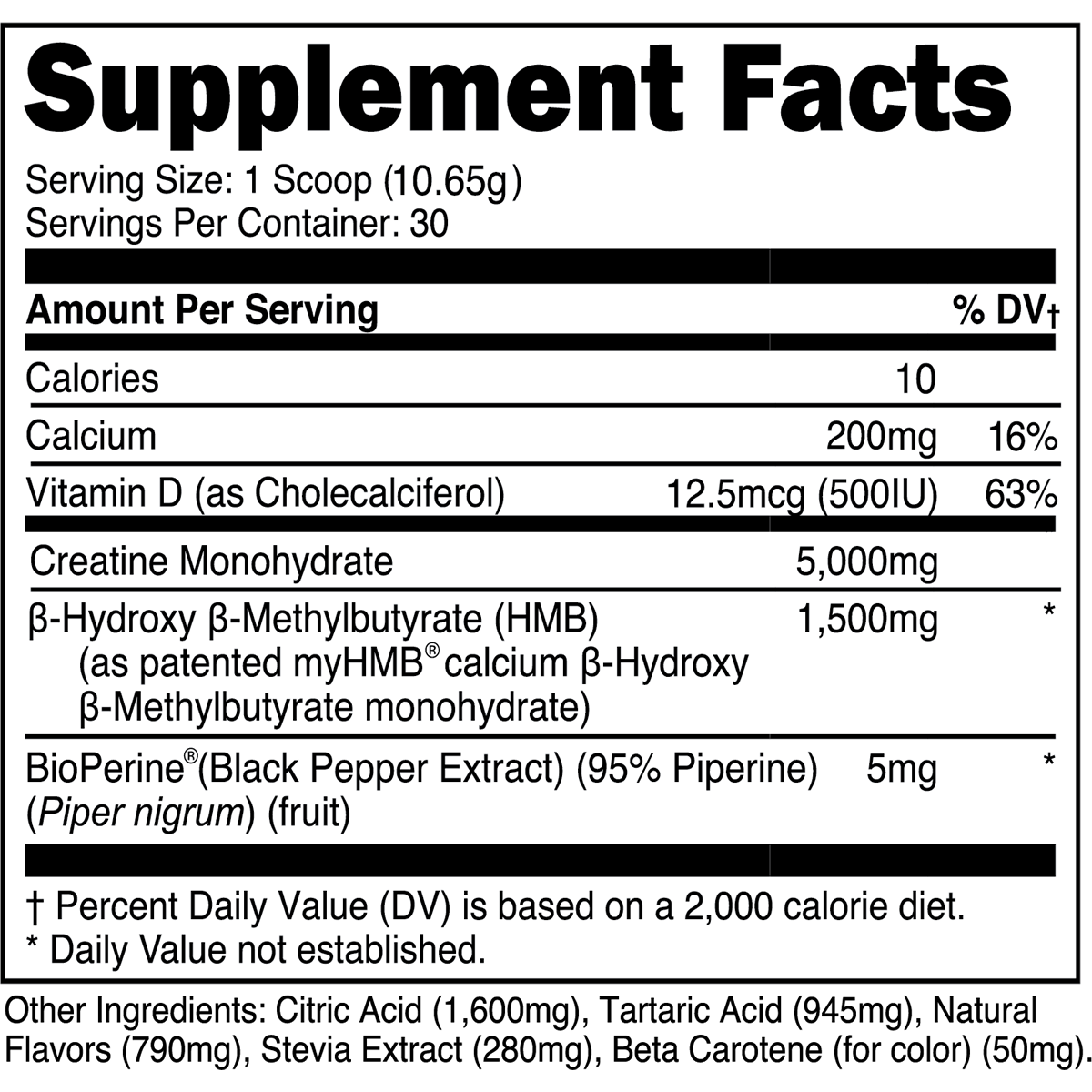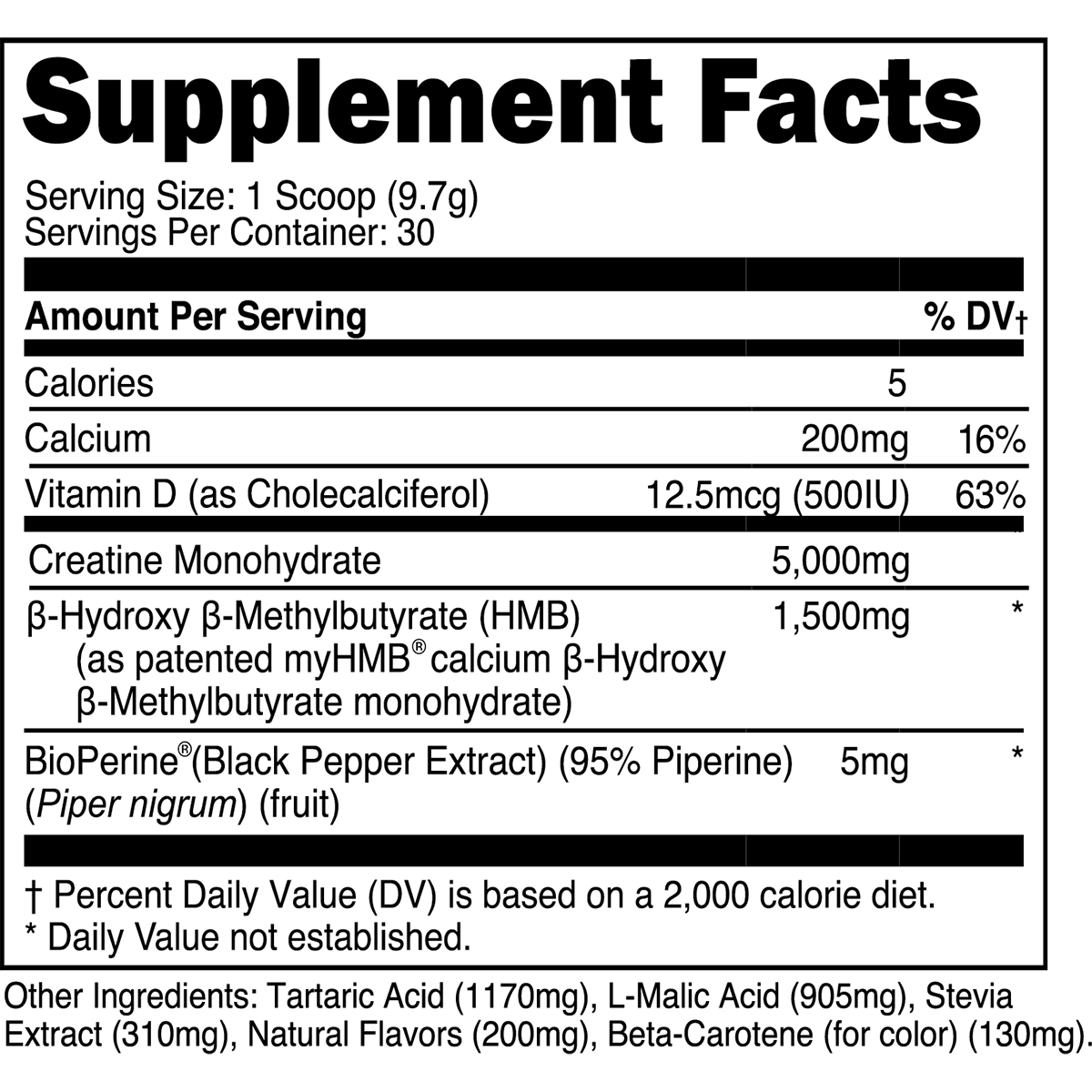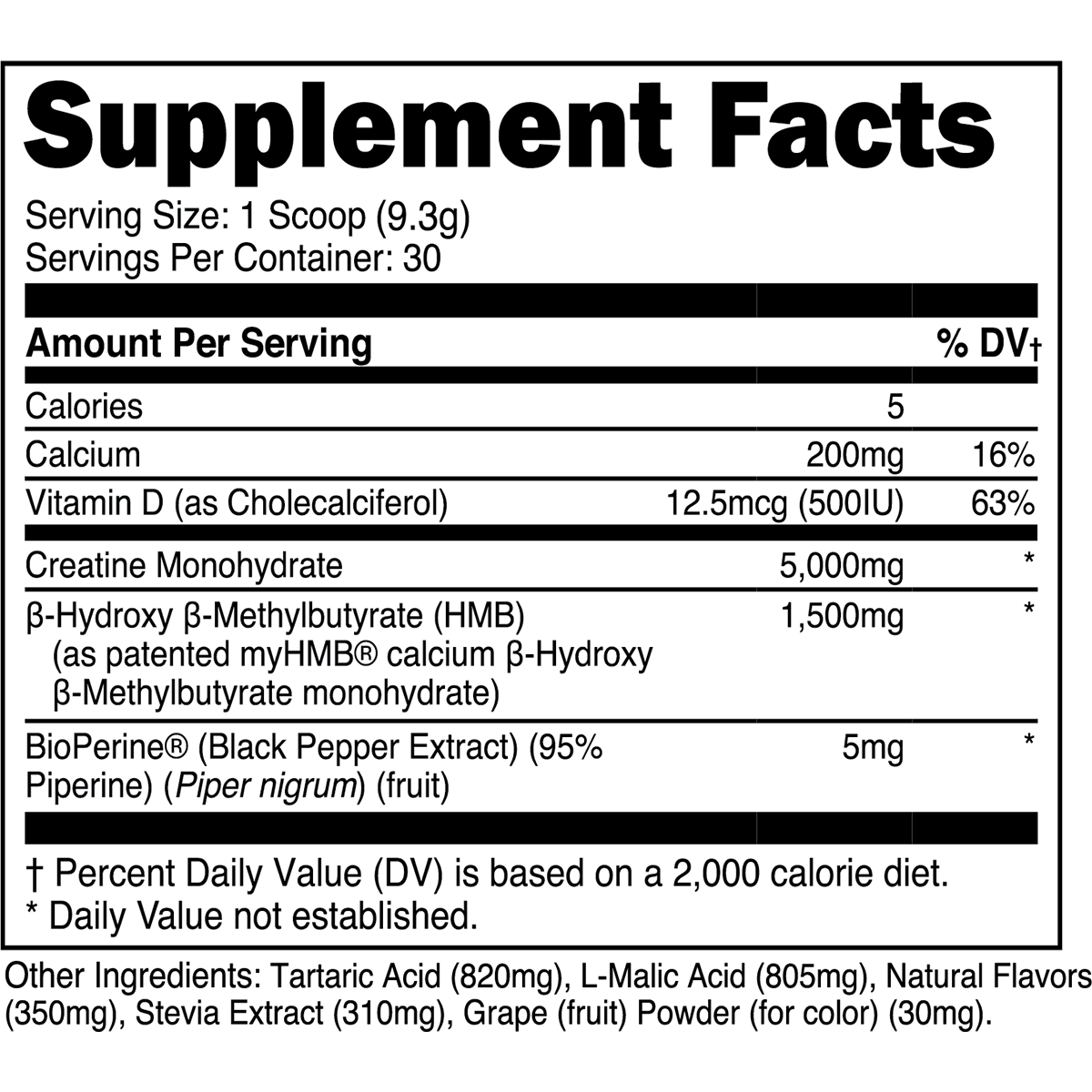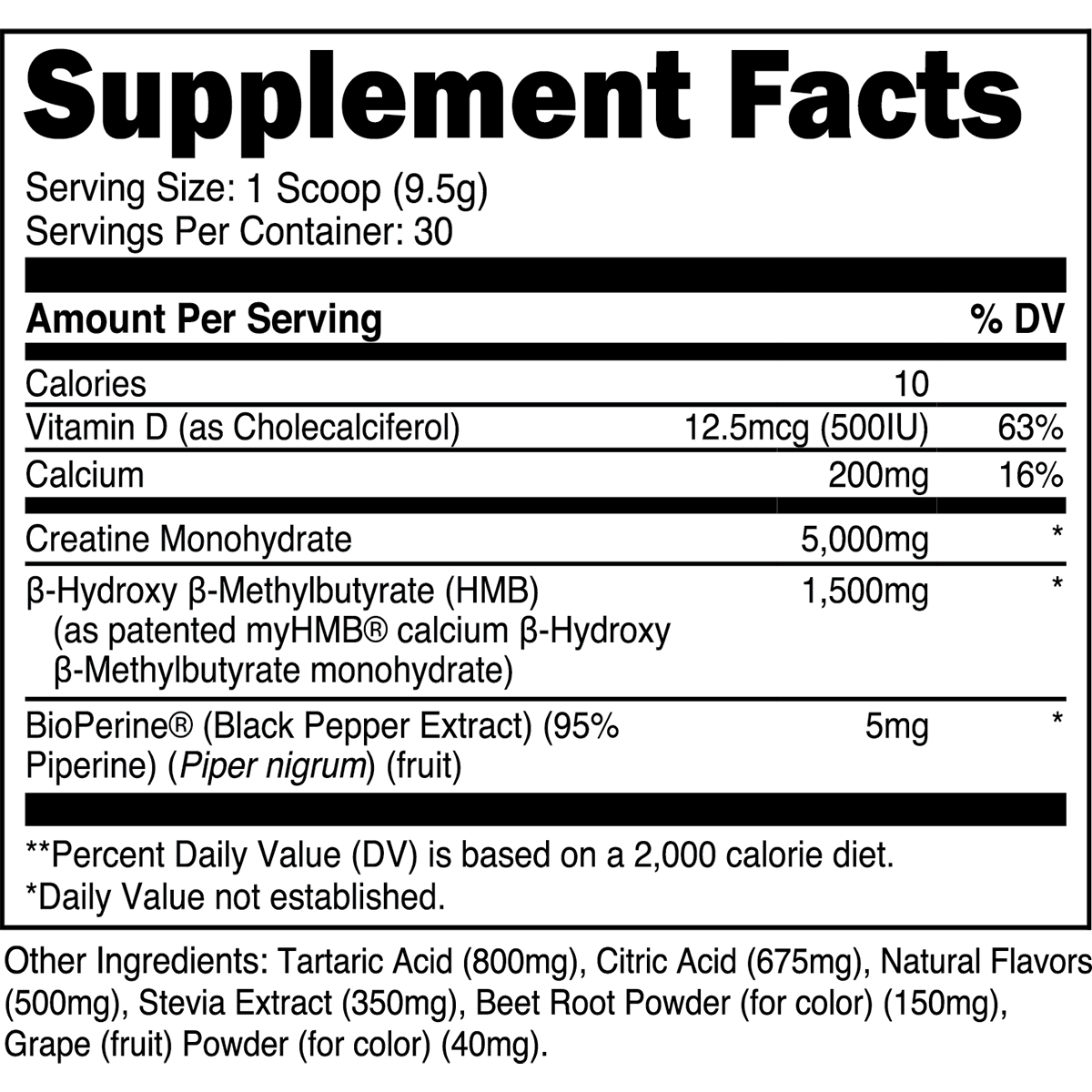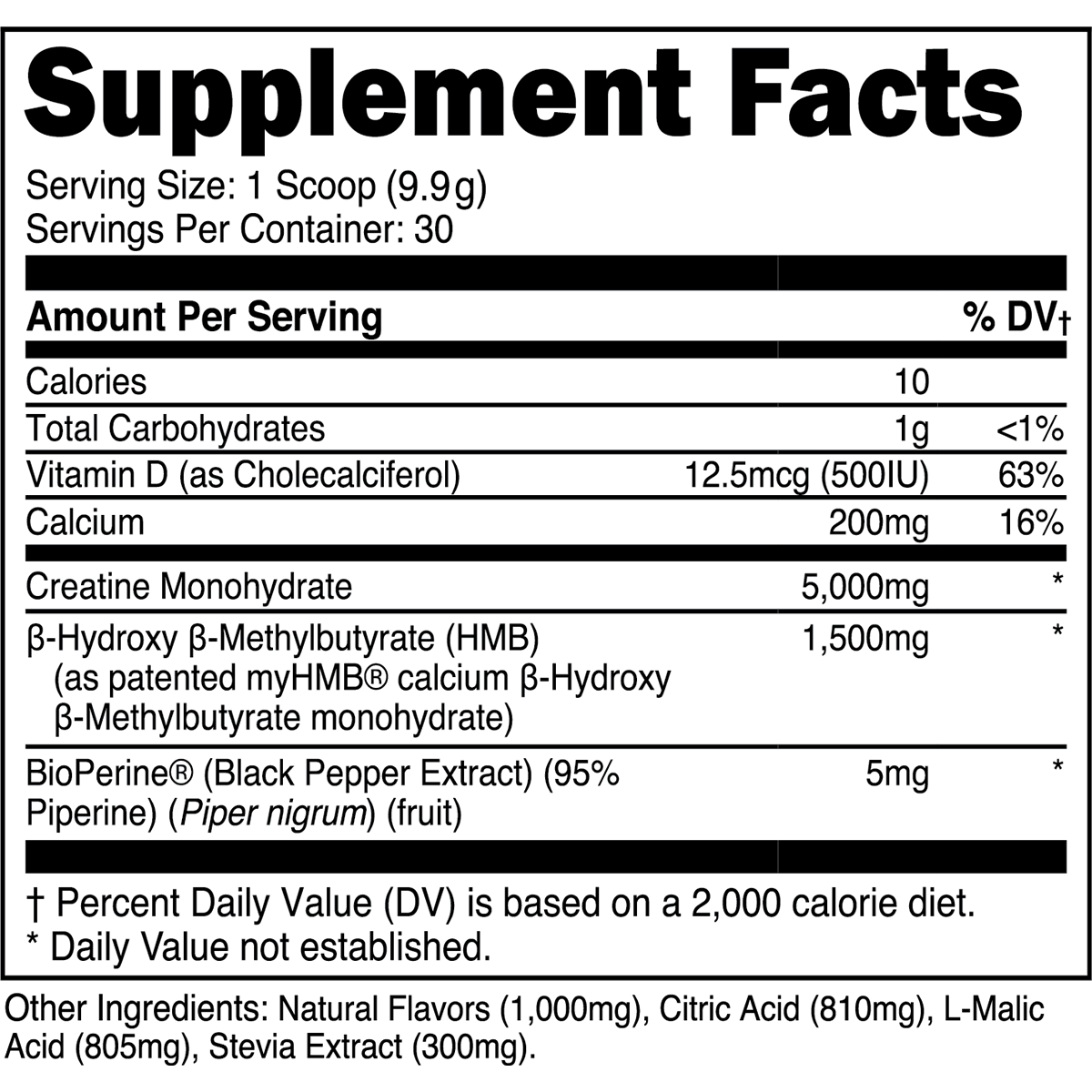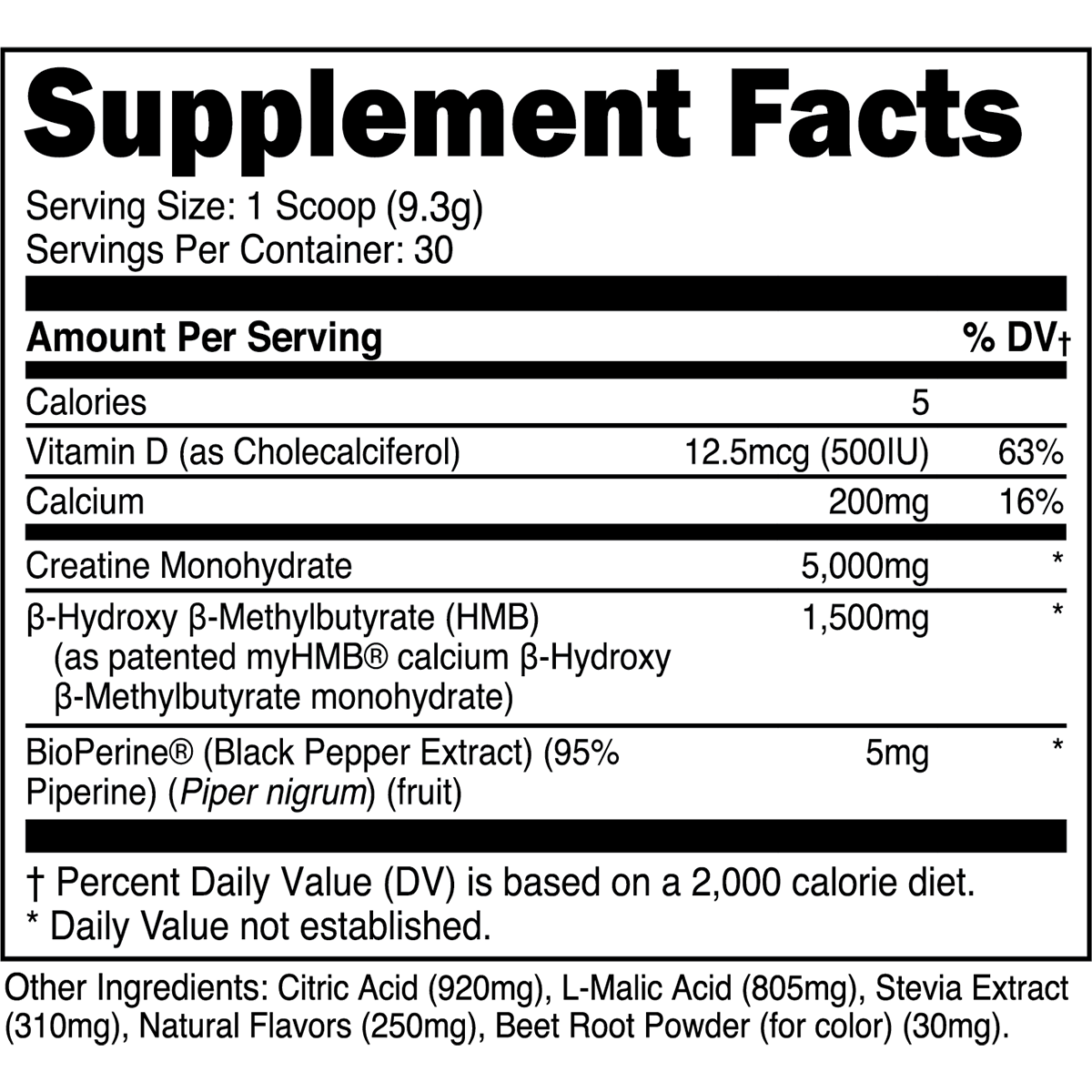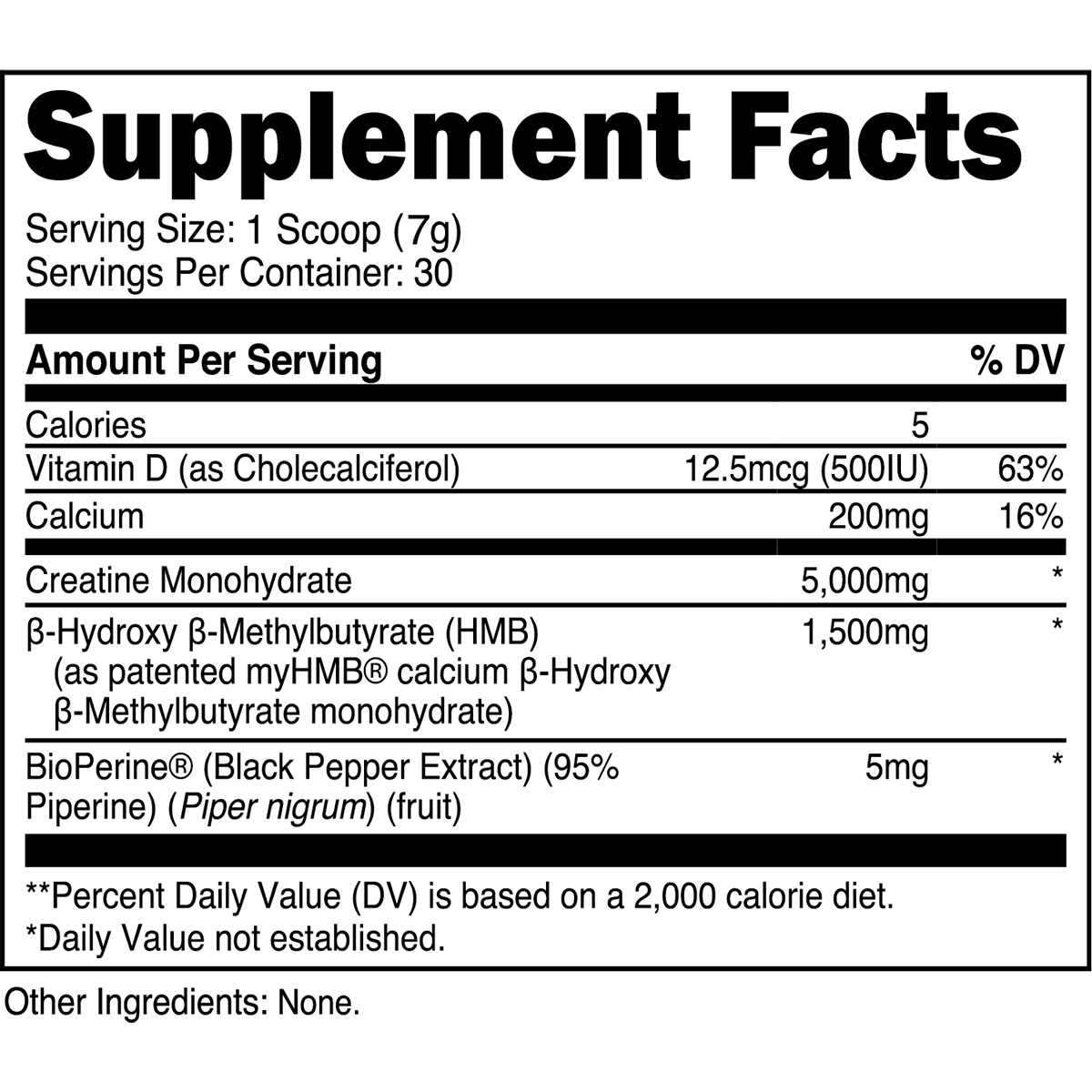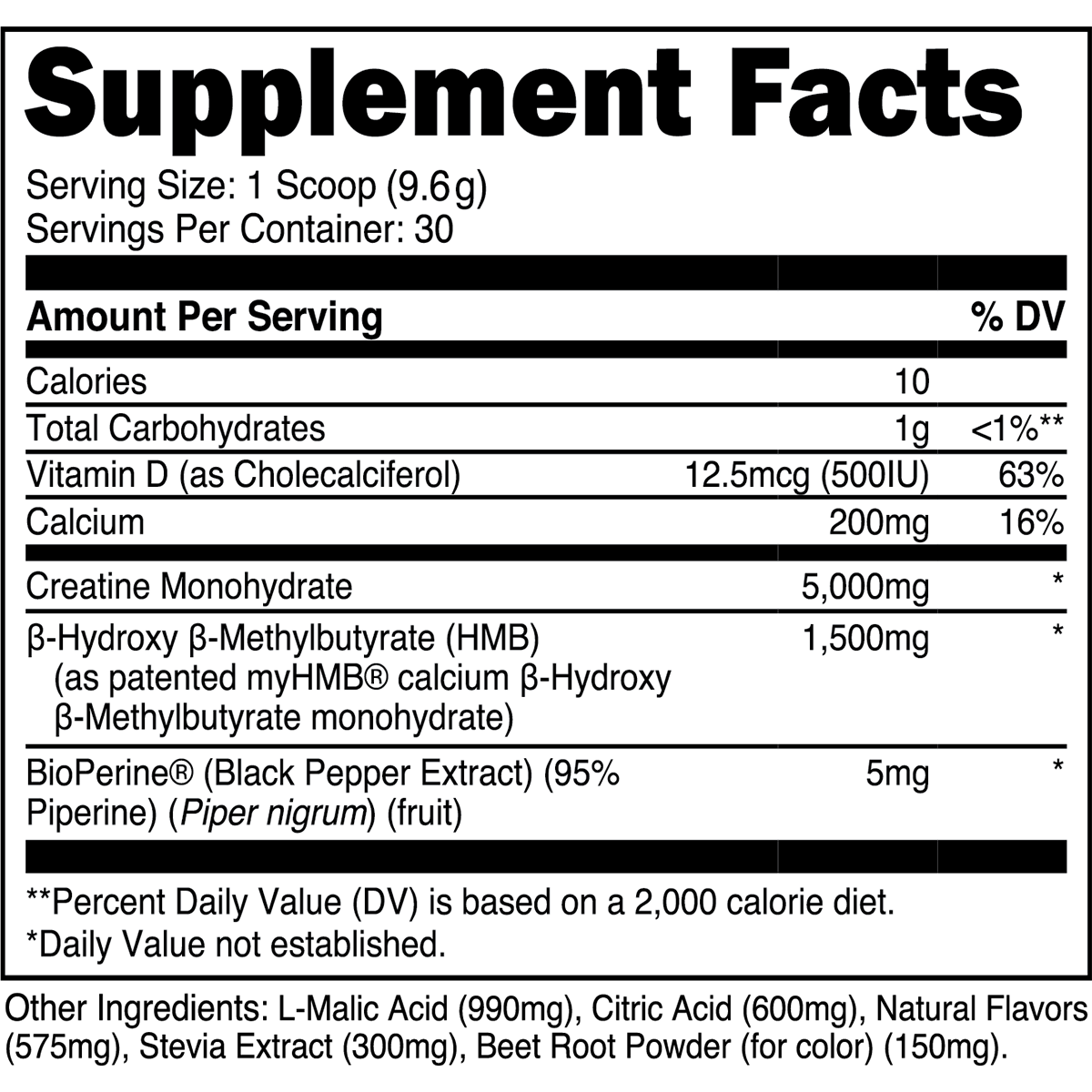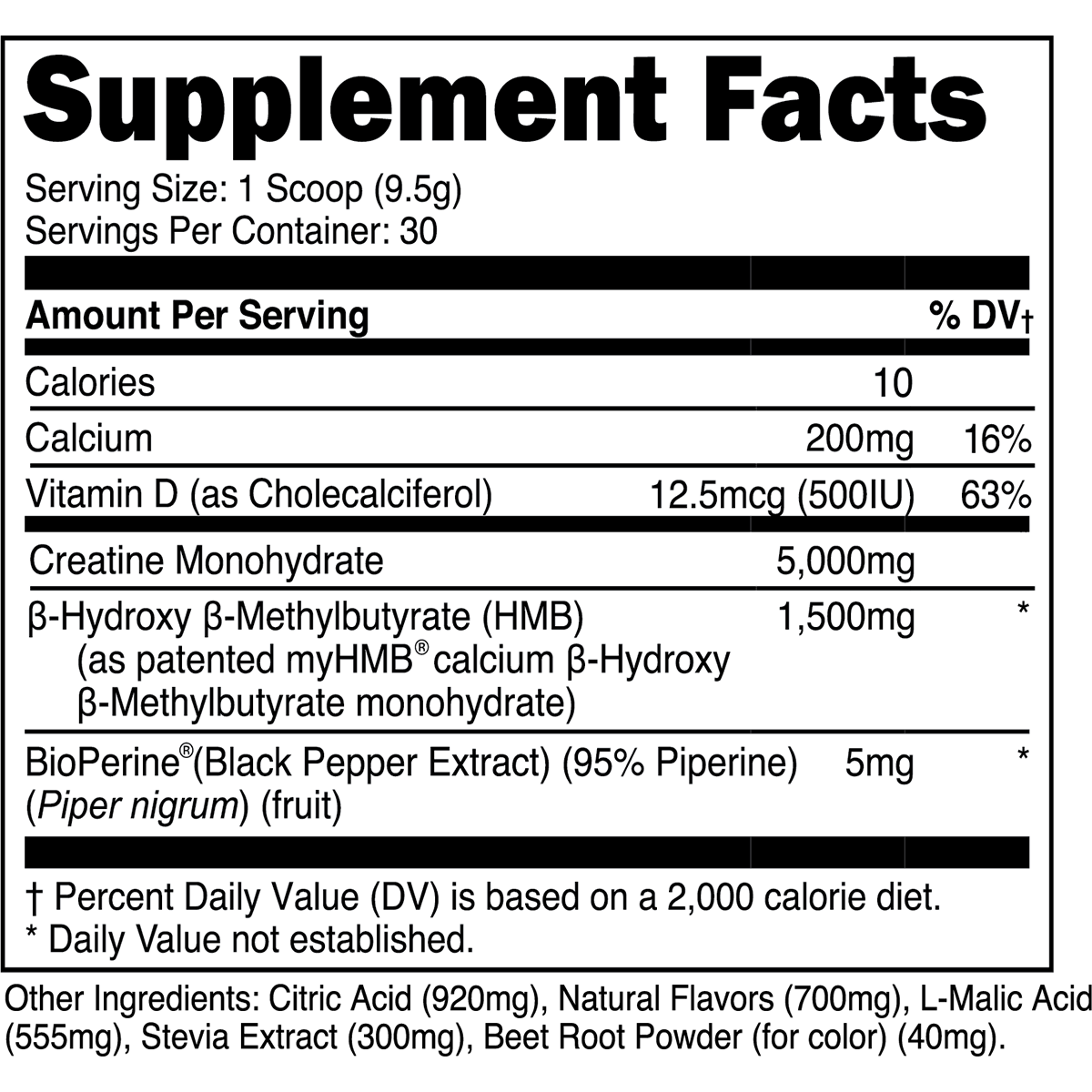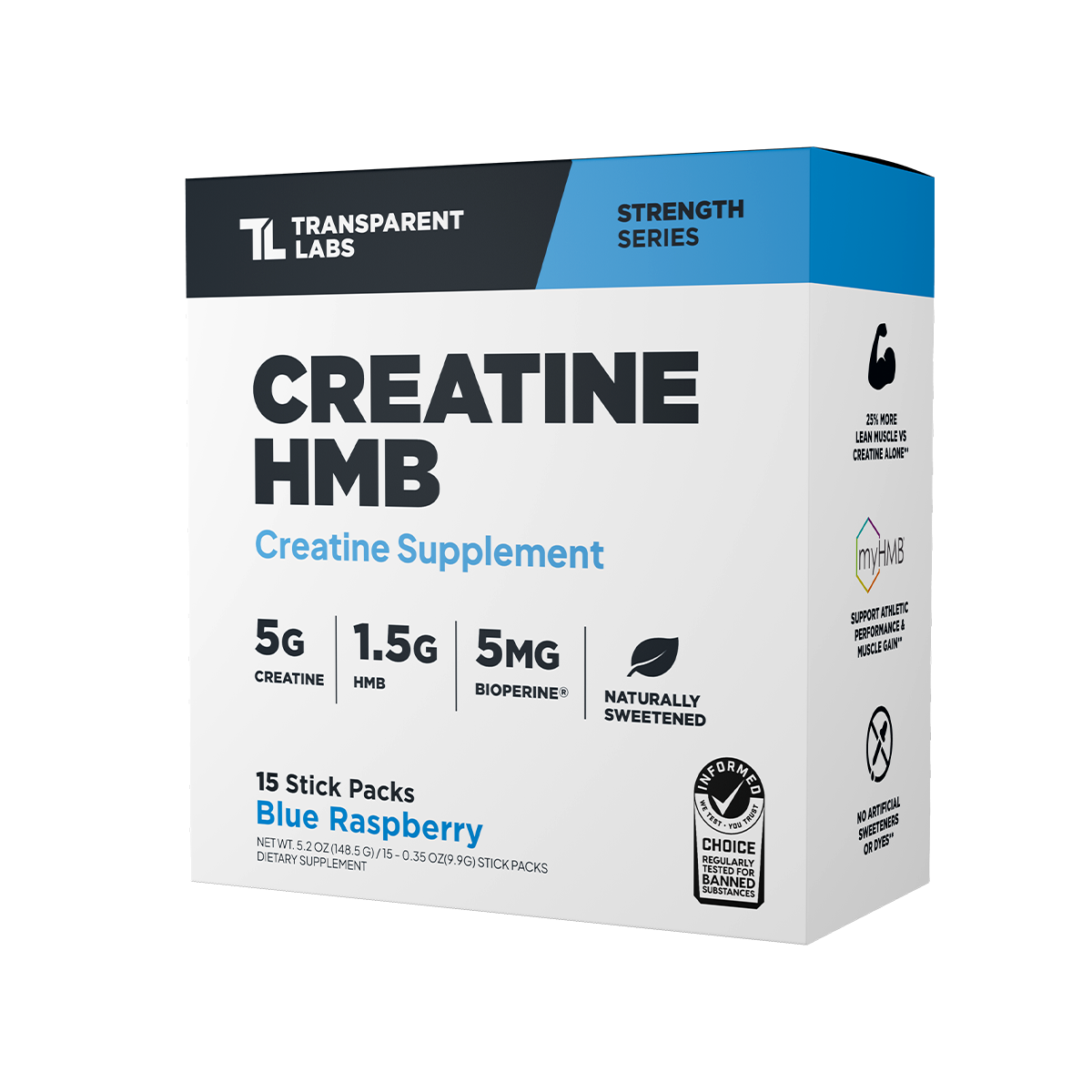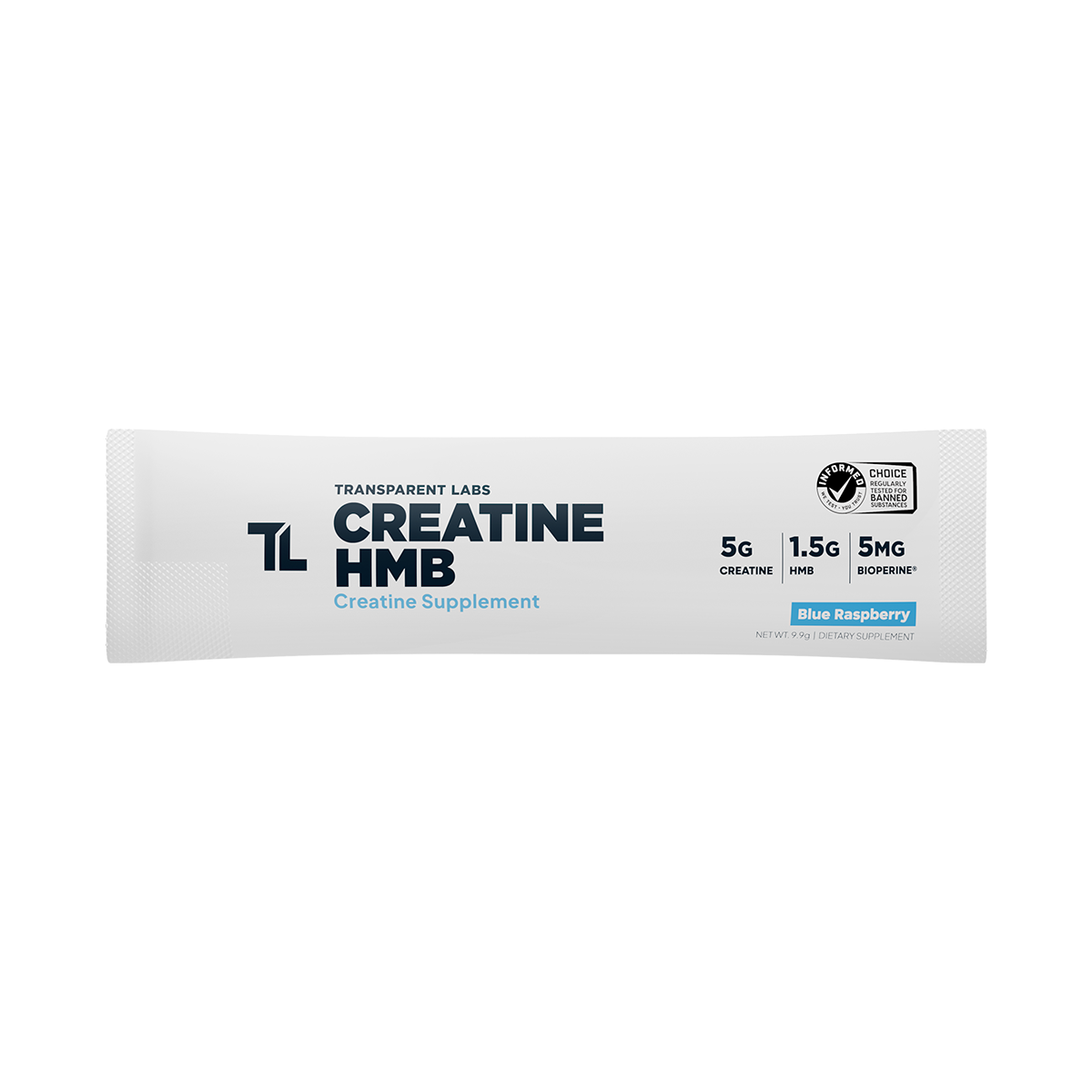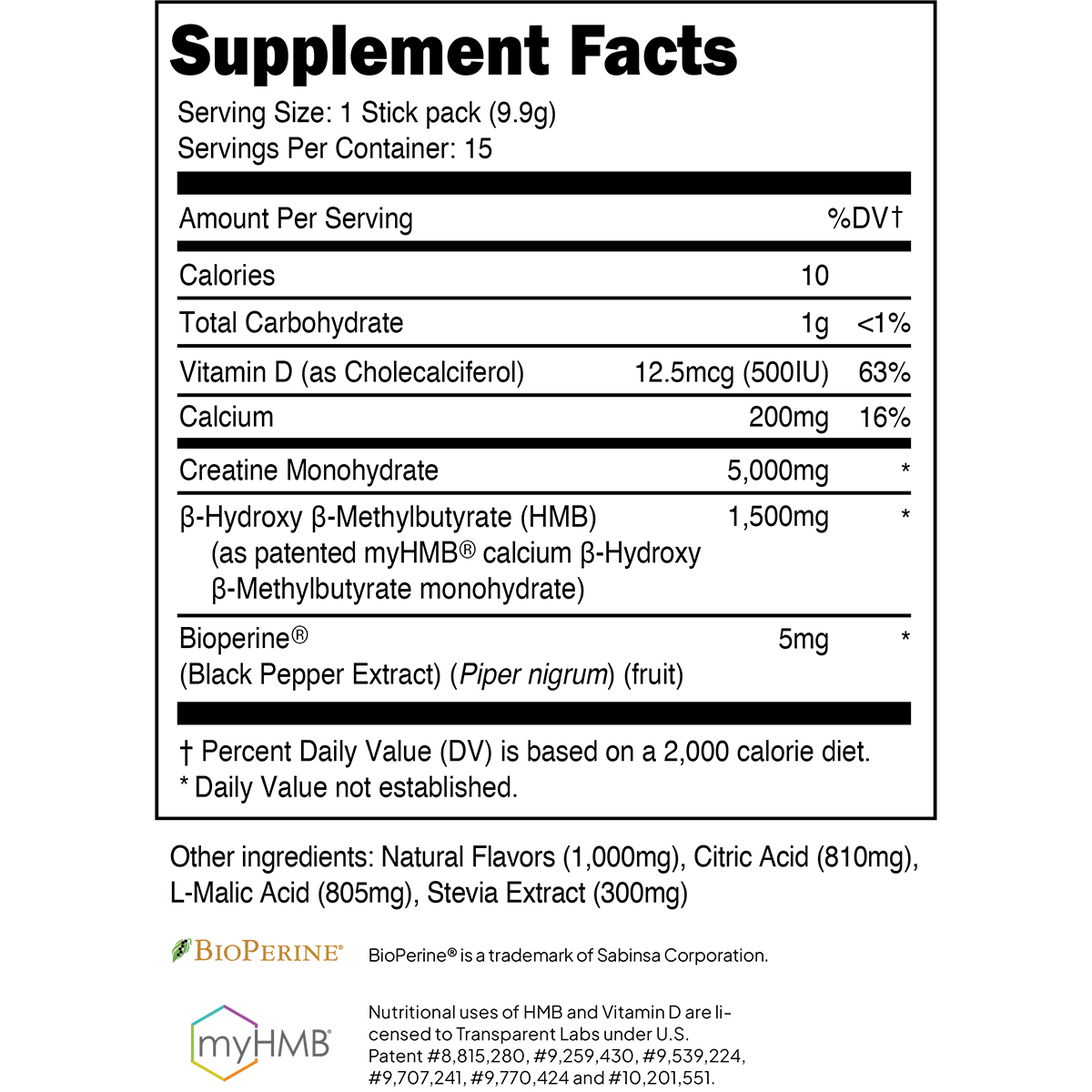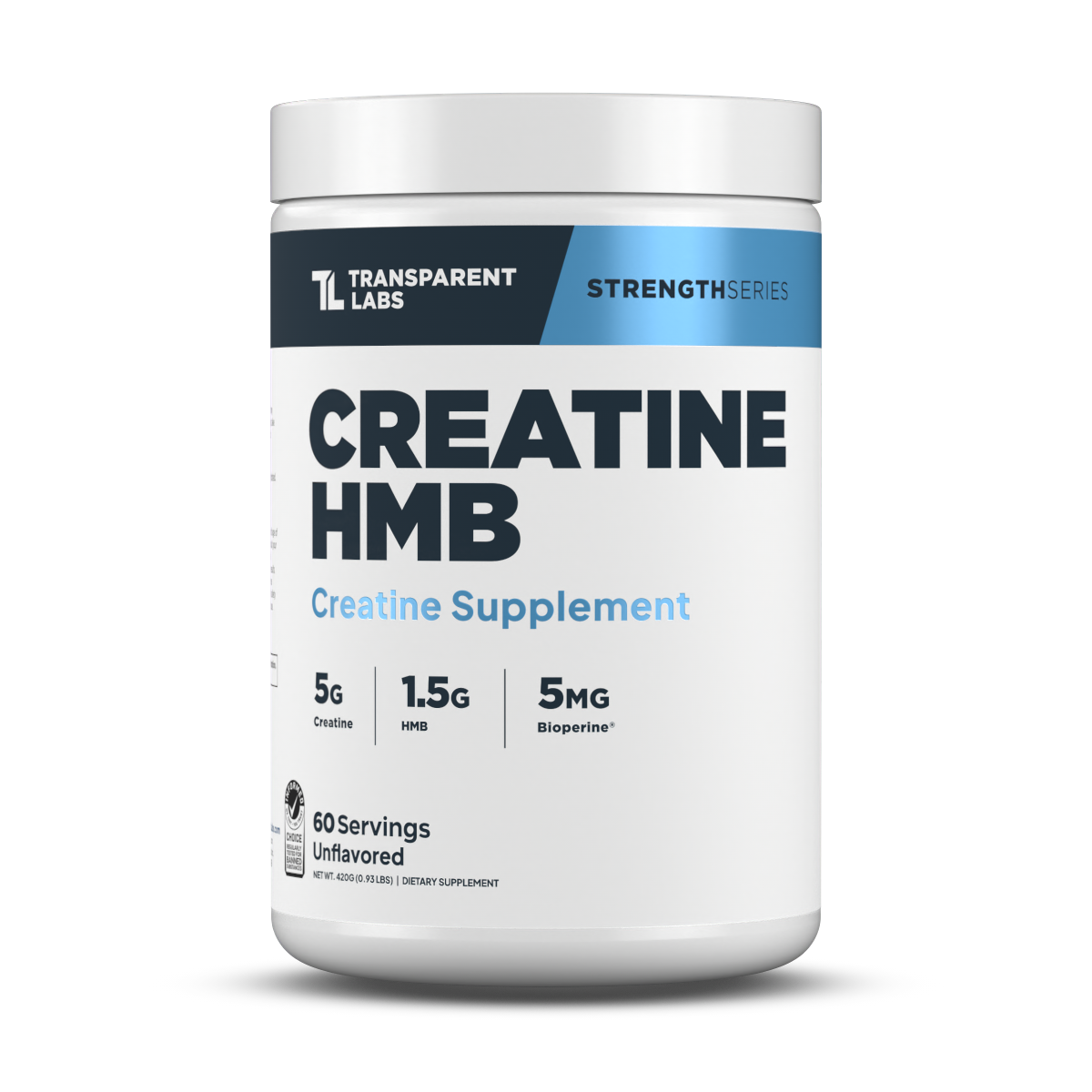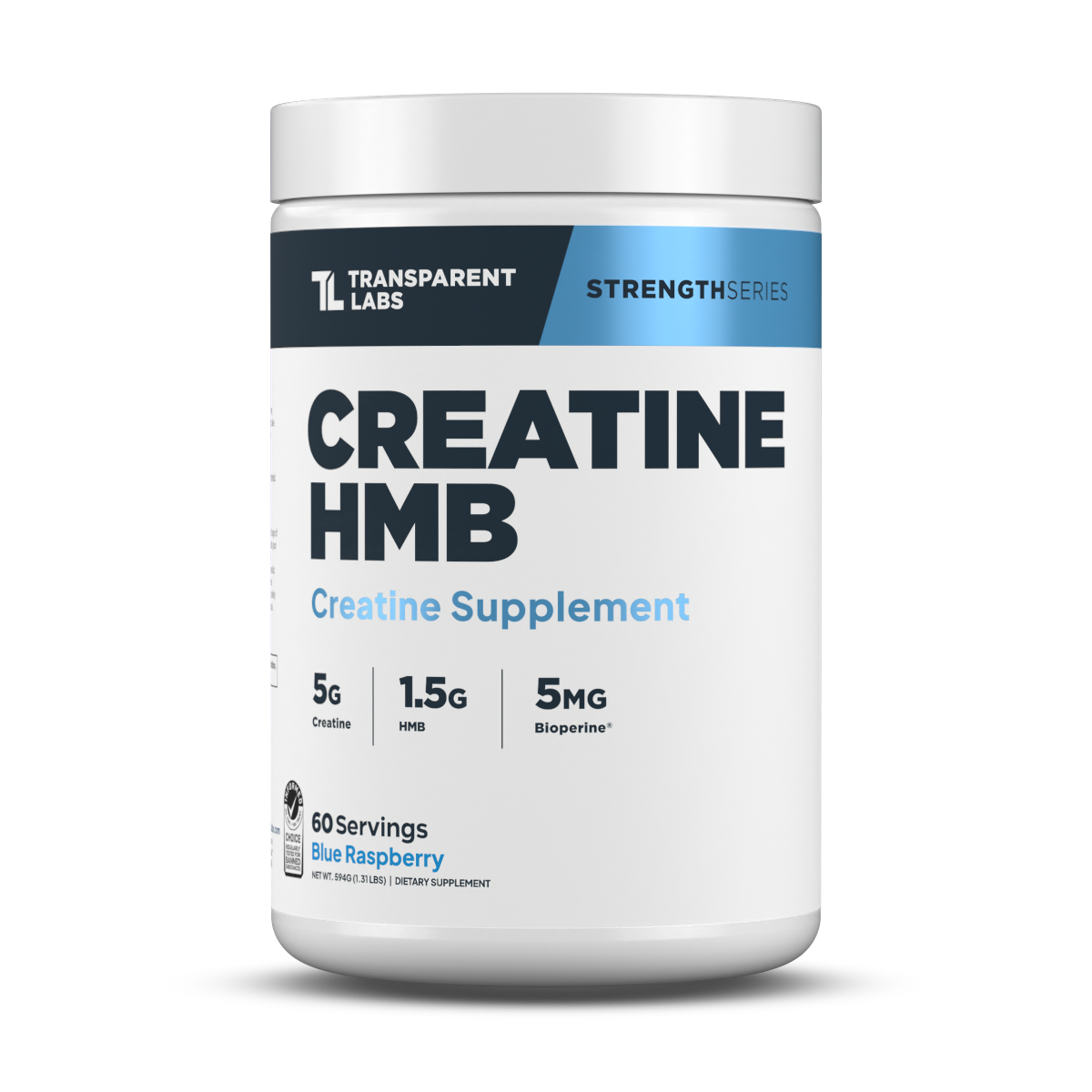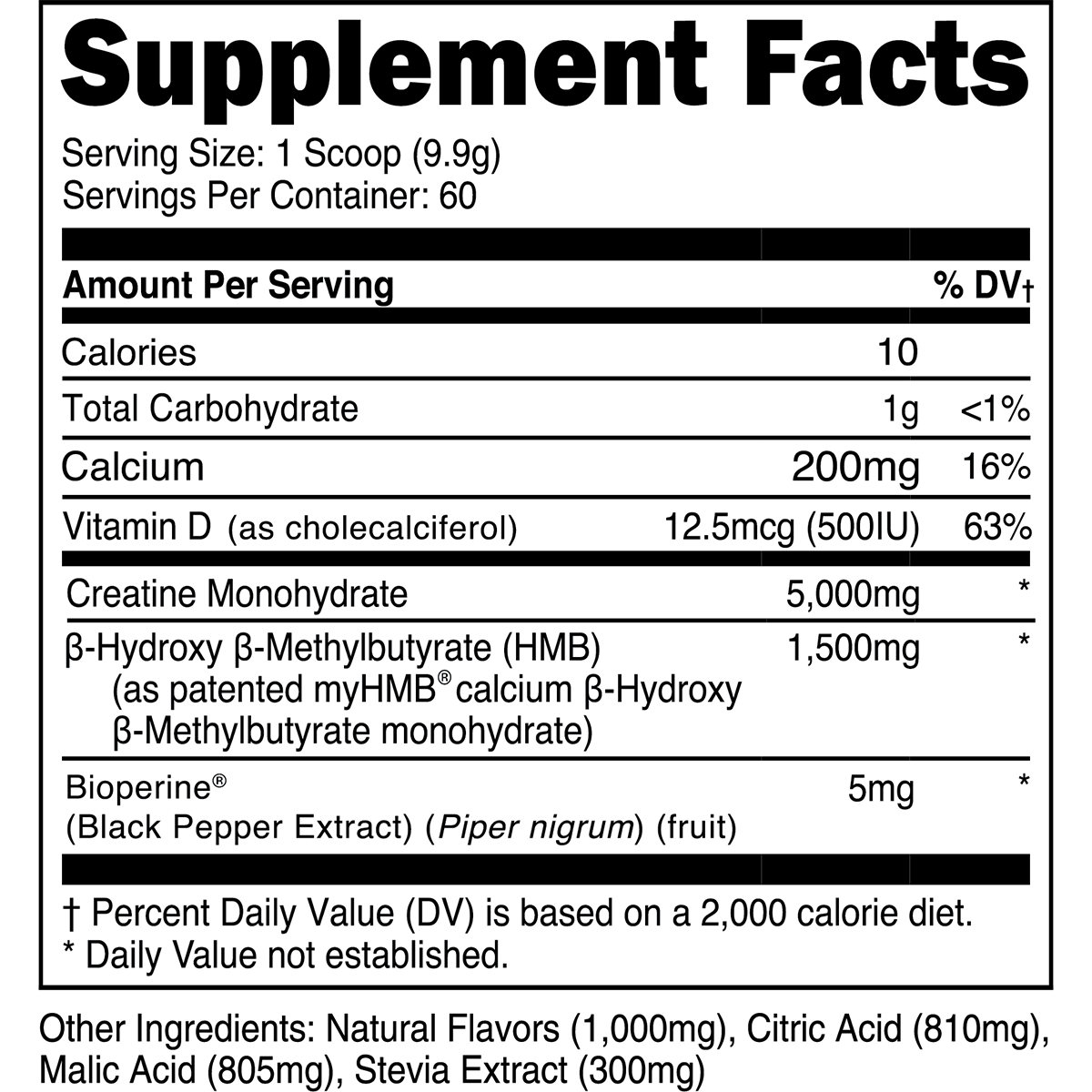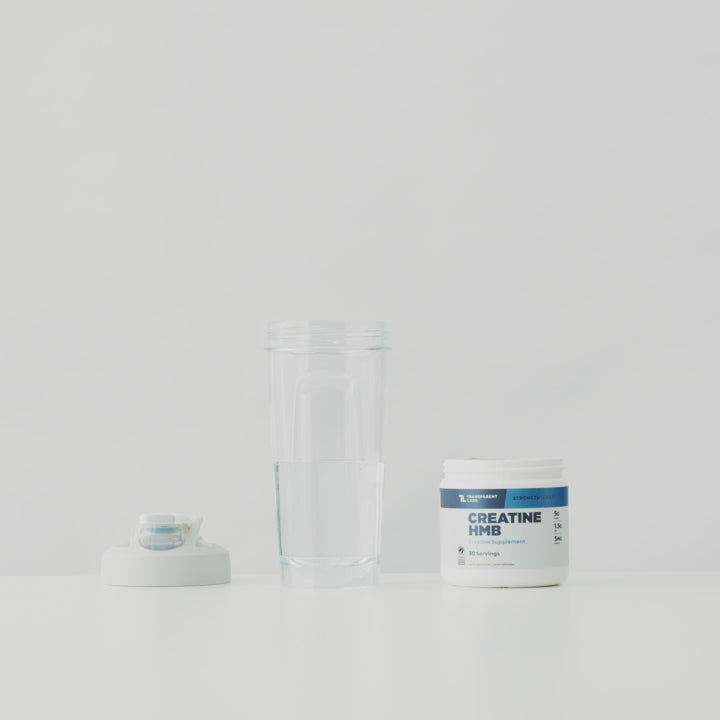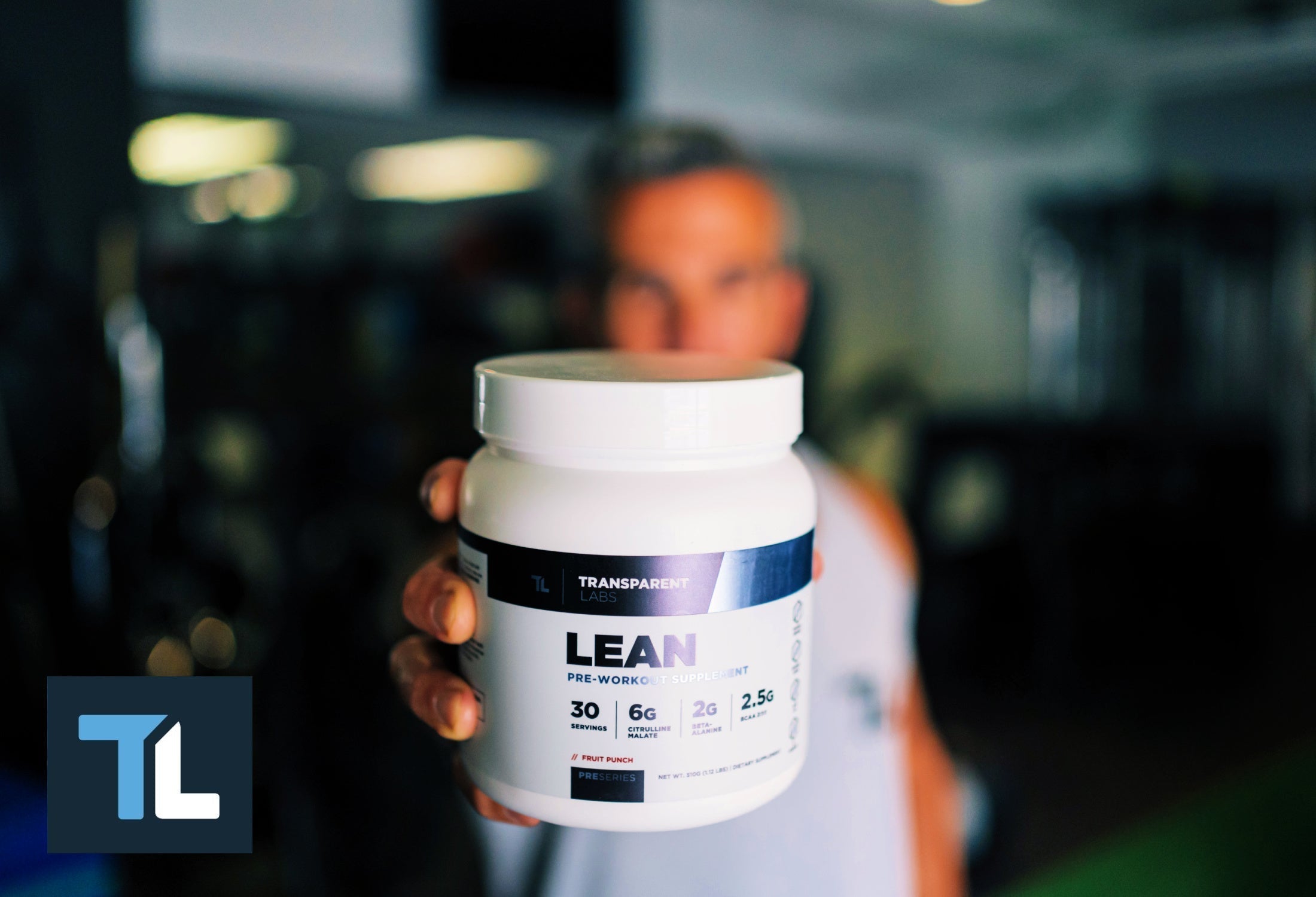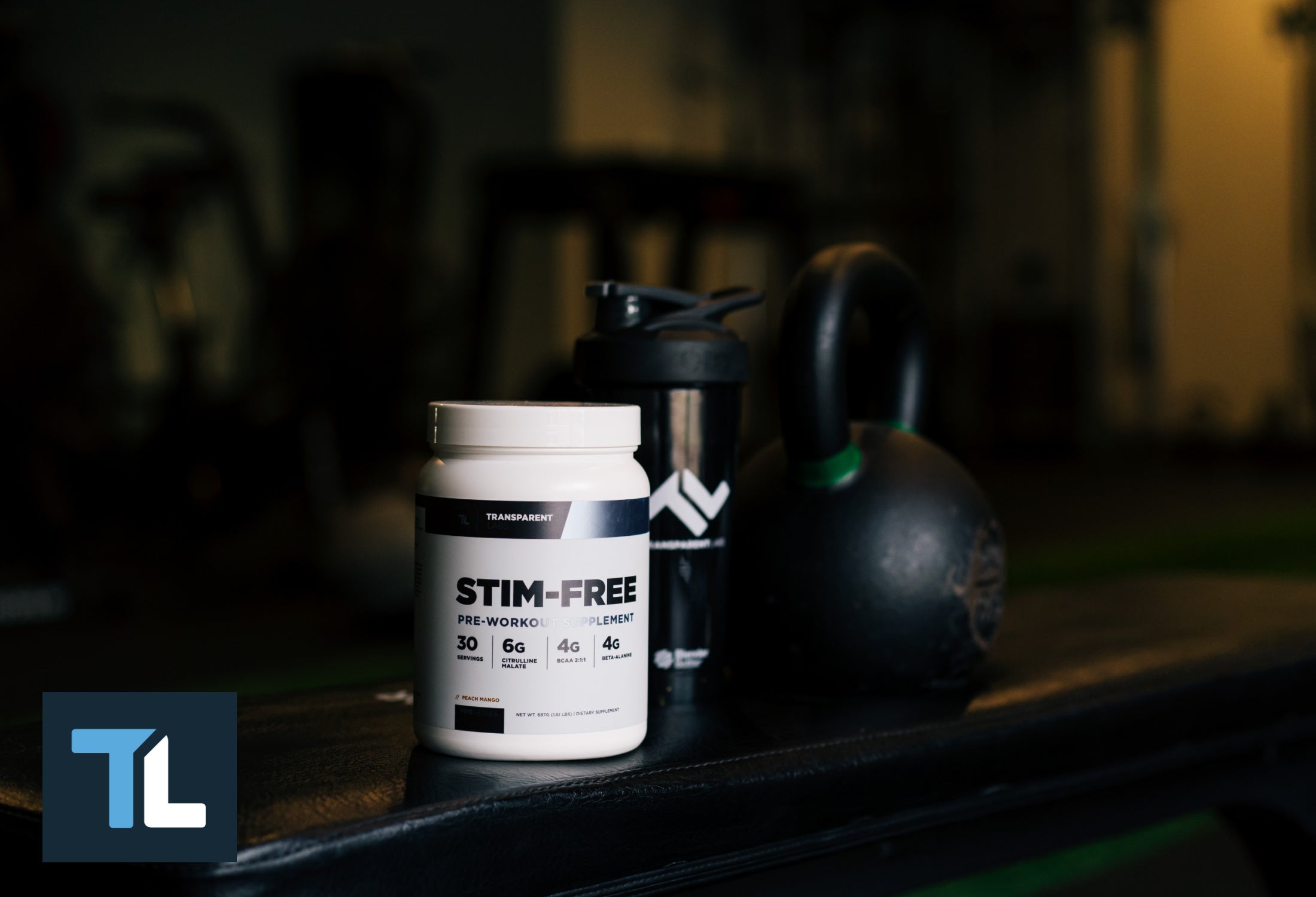Historically speaking, the talk surrounding creatine has always been about gains. In the first two decades of creatine’s existence as a nutritional supplement, creatine’s marketing was centered around what it could add to the vitality of the person indulging in it. More often than not, this catalog of improvements included gains in muscle size and strength, adjoined by parallel gains in speed and endurance.
As the study of creatine expanded, so did the belief that it could be used to help its users achieve gains in areas that seemed completely disconnected from the field of athletics that the world’s most famous supplement had become associated with. Ultimately, it was found that creatine enabled healthy people to improve their memories and general cognitive thought, and even helped pregnant women to gain control over their fluctuating hormone levels.
With the many ways in which creatine could help people burst through performance plateaus being showcased beyond the shadow of a doubt, attention inevitably shifted toward aging populations, and other groups who might be interested in preserving as much of their brain and muscle function as possible for one reason or another.
It’s clear that creatine can help people with an interest in reaching their full potential, both physically and mentally, but how much evidence is there that creatine can slow the decline of people’s physical and mental attributes once they’re on the downward slope of life?
Creatine and the Body
When supplemental creatine is digested, the overwhelming majority of it — 95 percent — enters your skeletal muscle, and saturates your muscle tissue. From there, it plays a massive role in both boosting and regulating the use of energy within your body.
In the simplest way of summarizing creatine’s role in training efforts, it can be said to extend the length of time that your muscles can draw upon energy without experiencing fatigue, and this is most evident during sustained bursts that require your body to produce an all-out effort.
During these sprint-based exertions, your body draws upon the phosphocreatine system, which is the energy system that enables your body to act without the feeling of immediate discomfort or fatigue. Or, to put it another way, it’s the system that doesn’t require your body to burn a steady stream of calories in order to produce additional energy.
When you sprint with muscles that have been saturated by supplemental creatine, you can expect the creatine in your system to extend the discomfort-free duration of your sprint by up to an additional two seconds. This may seem like a minor contribution, but the advantages of creatine compound within your body, and as you reap the rewards of each new breakthrough, your body ultimately lifts its maximum output level with increasing regularity.
Because creatine also makes muscle contraction more efficient, it increases fatigue tolerance, elevates physical strength, lengthens time to muscle failure, and accelerates muscle recovery. When considered collectively and extended over a period of several weeks, months, and years, a person indulging in supplemental creatine can expect to turn in an increased number of high-quality reps, strokes, and strides at every workout.
In the end, people who regularly use creatine ultimately find themselves inhabiting bodies that have completed hundreds of workouts at enhanced creatine levels, and are now capable of working harder and recovering faster than they otherwise would.
However, it is important to point out that even if no workouts ever take place, muscles that have had their potential magnified by an influx of creatine will retain the potential to do slightly more than they could under unenhanced circumstances whether a workout is engaged in or not. Yet, in the absence of consistent training, that person simply won’t experience the series of compounding outcomes that occur when they actively train while supplementing with creatine.
Creatine and the Brain
While the majority of attention has historically been paid to creatine’s role in muscle function, the five percent of creatine that finds a home inside of the brain provides a major contribution to the operation of all of the brain’s processes.
There is a tendency to overlook the fact that your brain runs on the same fuel source as your muscles. Your brain uses adenosine triphosphate — or ATP — as fuel in a fashion much like the muscles of your body. Every time your brain generates a thought or sends a signal to another part of your body, it is utilizing energy to do so.
Thanks to creatine’s role as a backstop to the ATP-phosphocreatine system, it is able to extend the length of time that your brain is able to continue its operation, while enhancing every function that depends on your brain having access to a consistent energy source. This ranges from alertness, to mental stamina, to memory quality and clarity.
The Complexity of Creatine and Aging Populations
When it comes to encouraging aging populations to take an interest in creatine, there are specific challenges that often need to be overcome. For starters, people over the age of 70 grew up in an era when both men and women were far less likely to have received formal guidance in resistance training and related forms of athletic instruction than they are today. As such, there may be some pushback with respect to taking something that has a popular association with fitness culture, with which they may be entirely unfamiliar.
In some instances, older adults with this type of background may come with the further challenge of overcoming the early anti-creatine counterprogramming that under-informed voices engaged in when creatine was first introduced. Specifically, their only familiarity with creatine may have occurred when creatine was making headlines as a “natural steroid” that was fueling debates within the field of sports nutrition.
In cases like these, there may be some reluctance amongst aging individuals to embrace a supplement with such strong links to gym culture, even though its practical applications extend well beyond sports performance.
Creatine and Muscle Function Preservation
The majority of the chatter surrounding creatine and the preservation of muscle function involves the subject of sarcopenia — the loss of muscle mass, strength, and overall functionality that continues to decline with the passage of time. While sarcopenia can commence as early as age 30, it hastens as people reach their 60s, with the corresponding performance declines becoming more pronounced and evident in this latter stage.
In this respect, there is good news and bad news. The good news is that the majority of studies indicate that certain symptoms of sarcopenia are not only heavily attenuated by the presence of creatine in muscle tissue, but they may also reverse themselves. Creatine supplementation has been proven to correspond with increases in muscle mass and strength in elderly individuals who supplement with it. Clearly this is a major win in the column of creatine as an essential supplement for aging individuals.
Now it’s time for the bad news — although under the circumstances, it can’t fairly be characterized as entirely bad. The corresponding gains achieved in muscle mass and strength that aging populations receive in response to creatine supplementation appear to be exclusive to people who engage in strict resistance training three times per week. In addition, creatine does not seem to directly inhibit the deterioration of bone mass over time. (1)
All things considered, this must be classified as a win for creatine supplementation, as one of the primary dangers of sarcopenia is the combined loss of muscle control and bone matter, resulting in the increased occurrence of falls resulting in broken bones that further limit functionality. As muscle strength and functionality go hand in hand, creatine supplementation serves to reduce the overall number of falls, and the boost in offers to muscle mass offers greater insulation to bones on occasions when falls do occur.
Specifically, multiple studies have shown increases in grip strength, muscle endurance, one-rep muscle strength, and lean muscle tissue mass. (2) Just as important, even though some measures of some tests showed no improvements in certain measurements of muscle performance over the course of the testing period, none of the tests resulted in measurements of muscle performance that declined as a result of creatine supplementation.
Summarily speaking, creatine may not be quite as effective as the mythical fountain of youth in restoring vitality to the bodies of older adults, but it seems to thrive as a method for preserving physical functionality at a bare minimum, if not enhancing it substantially.

Creatine and Brain Function Preservation
For aging populations, the preservation of the mind is every bit as important as the preservation of the body, if not more so. The fact that five percent of your body’s creatine is stored in its brain has led to a surge of theories about what creatine could conceivably do to assist cognitive function. This has included notions that creatine could not only attenuate the symptoms of daunting neurological conditions, but possibly eliminate those conditions altogether.
By this point, the advantages the creatine confers upon the cognitive processes of healthy adults of average ages have been well established. The question is, are these effects amplified or subdued in aging populations? Or, does creatine play a more prominent role in restoring the mental processes of aging adults to prime levels because of the greater deficit that needs to be accounted for?
Well, in a meta-analysis comparing the effects of creatine on memory improvement across several studies, it was conclusively determined that aging adults ranging in age from 66 to 76 years old were more likely to experience memory enhancements — and more discernible memory improvements — than much younger people between the ages of 11 and 31. (3)
This included a test of backward number recall, in which the creatine-taking group was provided with five grams of creatine four times a day — or 20 total grams of creatine each day — for one week. At the end of this test, the group of elderly adults who received supplemental creatine showed marked improvement from one week to the next as opposed to the group that strictly received the placebo. (4)
Similarly, in a different study, a group of 26 older adults saw a major improvement in their scores on the Montreal Cognitive Assessment after taking five grams of creatine daily for 16 weeks. (5)
As you might have noticed by this point, a major complication contained within this sweeping meta-analysis has to do with matter of dosing and time period, as the meta-analysis included studies involving doses ranging from 2.2 grams of creatine per day to 20 grams per day, and study lengths of between 5 days and 24 weeks, or 168 days. Favorable results were achieved with doses of nearly all quantities.
Of a more serious matter is the problem posed by Alzheimer’s Disease. While no studies have been conducted showing the results of creatine on human Alzheimer’s patients, the studies conducted on animals have yielded some rather promising results.
After receiving nine weeks of supplemental creatine, mice afflicted with Alzheimer’s Disease, female mice were reported to have increased hippocampal expression of proteins linked with brain signaling, and both male and female mice benefited from improved hippocampal mitochondrial function respiration. In practice, this meant the female mice were able to escape from the mazes they had been trapped in far more quickly after the amount of creatine in their brains had been increased. (6) Owing largely to successes with animal trials, researchers are optimistic that creatine can drastically improve the quality of life enjoyed by Alzheimer’s patients.
To make a long story short, if creatine is considered just one step below miraculous in terms of what it can do to sustain the physical functionality of older adults, it is at least as useful at enhancing the cognitive capabilities of those same test subjects.
As a final note, creatine has been demonstrated to play a prominent role in preserving the muscle mass of postmenopausal women, while also enabling those women to better regulate their hormone levels, and reducing the associated rates of depression experienced by women in the process. (7)
Dosing Recommendations
Because the volumes of the doses included in these studies vary so widely, it can be difficult to gauge just how many grams of creatine older adults should be taking in order to achieve the myriad benefits linked with creatine supplementation.
There are further complications that contribute to the matter when considering the realities often faced by the population in question. Specifically, the issues most likely to accompany creatine intake — intestinal health and kidney problems — are common in the elderly due to physiological problems that occur during the aging process.
Fortunately, the data appears to be far more conclusive than ever that a loading phase of 20 grams of creatine per day for a period of five to seven days now seems to be superfluous. Tremendous strides have been made in test subjects whose supplemental doses of creatine peaked at five grams per day throughout the durations of their tests.
Therefore, given the physical limitations often created by aging, it is advised that elderly adults keep their daily doses of creatine within the range of three to five grams each day.
Conclusion
As you can see, the answer to the question of whether or not creatine can help to preserve muscle and brain function in aging adults is undoubtedly yes. This isn’t to say that creatine can perfectly and indefinitely preserve both your body and mind at the performance pinnacle they achieved when you were in your prime. However, creatine can absolutely ensure that you will maintain your mind and muscles at whatever their optimal levels of functionality are throughout the arc of your life.
Sources:
-
Candow DG, Moriarty T. Effects of Creatine Monohydrate Supplementation on Muscle, Bone and Brain- Hope or Hype for Older Adults? Curr Osteoporos Rep. 2024 Nov 1;23(1):1. doi: 10.1007/s11914-024-00895-x. PMID: 39509039.
-
Candow DG, Forbes SC, Kirk B, Duque G. Current Evidence and Possible Future Applications of Creatine Supplementation for Older Adults. Nutrients. 2021 Feb 26;13(3):745. doi: 10.3390/nu13030745. PMID: 33652673; PMCID: PMC7996960.
-
Konstantinos Prokopidis, Panagiotis Giannos, Konstantinos K Triantafyllidis, Konstantinos S Kechagias, Scott C Forbes, Darren G Candow, Effects of creatine supplementation on memory in healthy individuals: a systematic review and meta-analysis of randomized controlled trials, Nutrition Reviews, Volume 81, Issue 4, April 2023, Pages 416–427, https://doi.org/10.1093/nutrit/nuac064
-
McMorris T, Mielcarz G, Harris RC, Swain JP, Howard A. Creatine supplementation and cognitive performance in elderly individuals. Neuropsychol Dev Cogn B Aging Neuropsychol Cogn. 2007 Sep;14(5):517-28. doi: 10.1080/13825580600788100. PMID: 17828627.
-
De Camargo Smolarek, André & Mcanulty, Steven & Boiko Ferreira, Luis Henrique & Ribeiro Cordeiro, Gabriel & Alessi, Alana & Rebesco, Denise Barth & Honorato, Ilma C & Laat, Erivelton & Mascarenhas, Luis & Souza-Junior, Tacito. (2020). Effect of 16 Weeks of Strength Training and Creatine Supplementation on Strength and Cognition in Older Adults: A Pilot Study. Journal of Exercise Physiology Online. 23. 88-94.
-
Smith AN, Morris JK, Carbuhn AF, Herda TJ, Keller JE, Sullivan DK, Taylor MK. Creatine as a Therapeutic Target in Alzheimer's Disease. Curr Dev Nutr. 2023 Sep 29;7(11):102011. doi: 10.1016/j.cdnut.2023.102011. PMID: 37881206; PMCID: PMC10594571.
-
Smith-Ryan AE, Cabre HE, Eckerson JM, Candow DG. Creatine Supplementation in Women's Health: A Lifespan Perspective. Nutrients. 2021 Mar 8;13(3):877. doi: 10.3390/nu13030877. PMID: 33800439; PMCID: PMC7998865.

